Yoshimine-dera Temple is an independent Tendai Sect temple located in Nishikyo-ku Ward, Kyoto City, Kyoto Prefecture.
In addition, It’s one of the Nishiyama-Sanzan of Kyoto. (Yanagidani Kannon, Komyo-ji Temple and Yoshimine-dera Temple)
This temple is famous for its cherry blossoms and autumn leaves, a panoramic view of the city of Kyoto and Mt. Hiei can be seen from various places in the temple precinct.
In addition, there is the best pine tree in Japan which is more than 600 years old in the precincts of this temple.
Contents:
- About Yoshimine-dera Temple
- Colored leaves of Yoshimine-dera Temple
- Cherry trees of Yoshimine-dera Temple
- The highlights of Yoshimine-dera Temple
- Goshuin(The stamp of shrine or temple) of Yoshimine-dera Temple
- How to get to Yoshimine-dera Temple
1.About Yoshimine-dera Temple
Yoshimine-dera (善峯寺) is a temple of the Tendai school of Buddhism in the western ward of Nishikyō-ku, in Kyoto.[1] It is built on the western hills (Nishiyama) overlooking the city.
It was founded in 1029 by Gensan.[2]
The main image is a statue of thousand-armed Kannon.[3] Notable features include the “Gliding Dragon” pine tree (Yōryu no matsu, a natural monument), which was trained to grow horizontally and was once over 50 meters long,[4][5] and a Tahōtō two-story pagoda (an Important Cultural Asset).[3]
Yoshimine-dera is the twentieth temple on the Kansai Kannon Pilgrimage.[1]
引用(citation):https://en.wikipedia.org/wiki/Yoshimine-dera
Open:8:00~17:00
Admission Fee:500 yen(Adults), 300 yen(High school student),200 yen(Elementary / Junior high school student)
Address:1372, Oharano Oshiocho, Nishikyo-ku Kyoto-shi, Kyoto, 610-1133, Japan
Phone Number:+81-75-331-0020
Yoshimine-dera Temple is an independent Tendai Sect temple located in Nishikyo-ku Ward, Kyoto City, Kyoto Prefecture.
The principal image is the Thousand-armed Kannon.
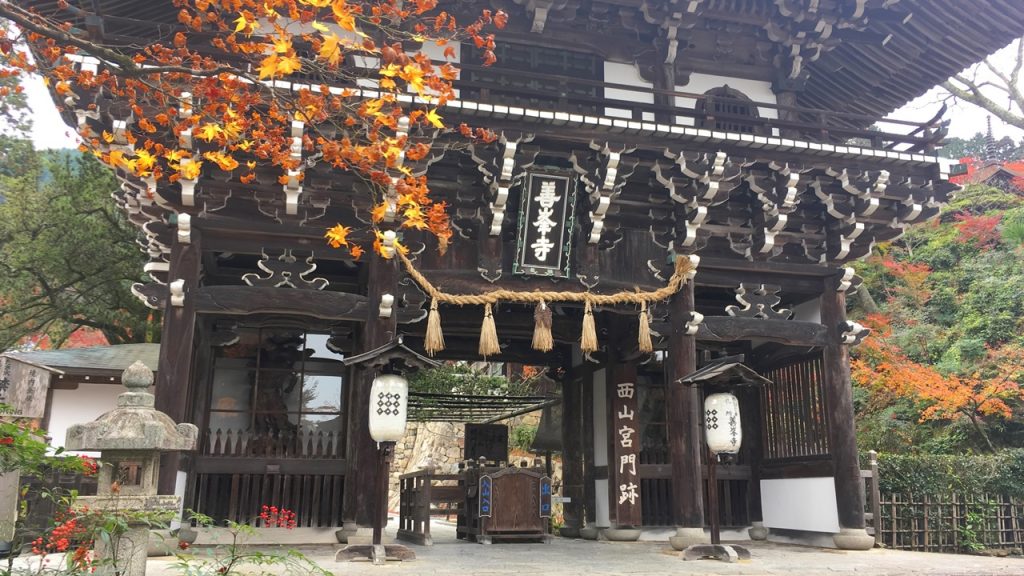
It’s also the 20th temple of the Saikoku 33 Kannon Pilgrimage.

This temple was founded in 1029 by Genzan.
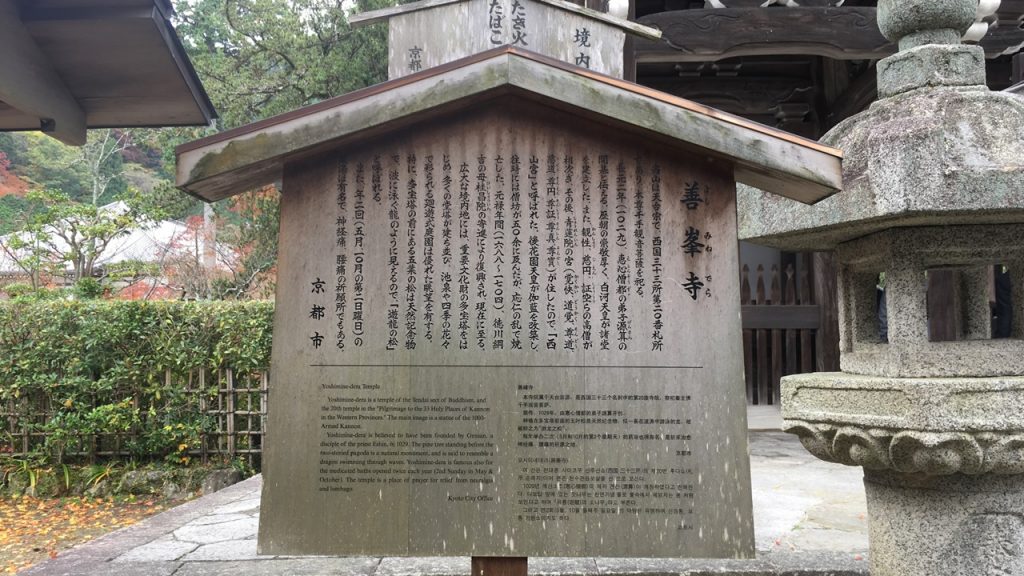
An admission fee is 500 yen (Adults).
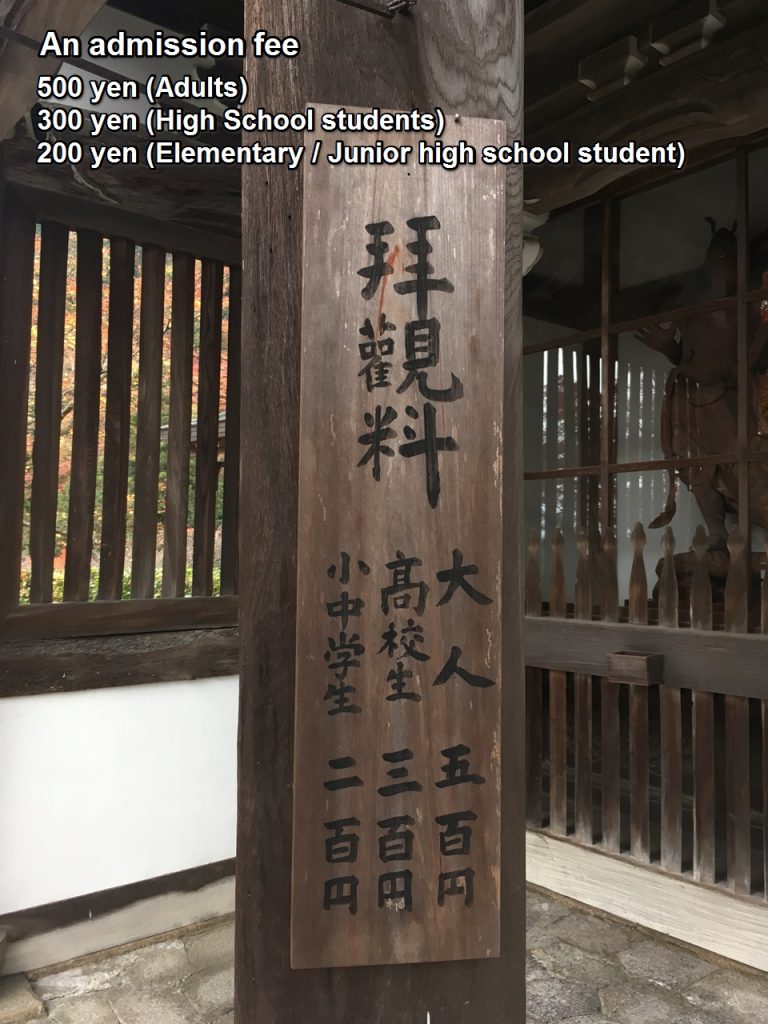
2.Colored leaves of Yoshimine-dera Temple
Peak of the autumn leaves:Mid November – Early December
I went on November 21, and there was not so many tourist on that day.
The condition of the colored leaves in that day was approximately over 100%.
From this point on, let’s watch a photograph of Yoshimine-dera Temple’s autumn leaves.
How did you like it?
Because it is in a mountain, it is not only the precincts of temple but also the whole mountain turns red.
3.Cherry trees of Yoshimine-dera Temple
When it is spring, the weeping cherry tree of precincts and the mountain’s cherry trees become in full blossom.
The cherry trees of this temple was also chosen as a campaign poster of JR in 1999.
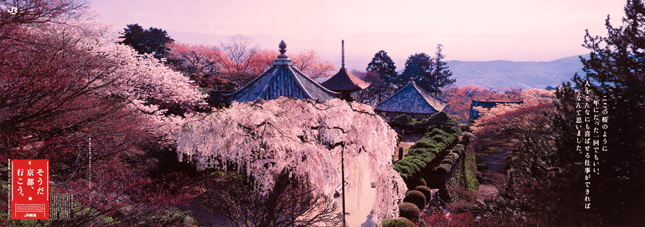
引用(citation):http://souda-kyoto.jp/
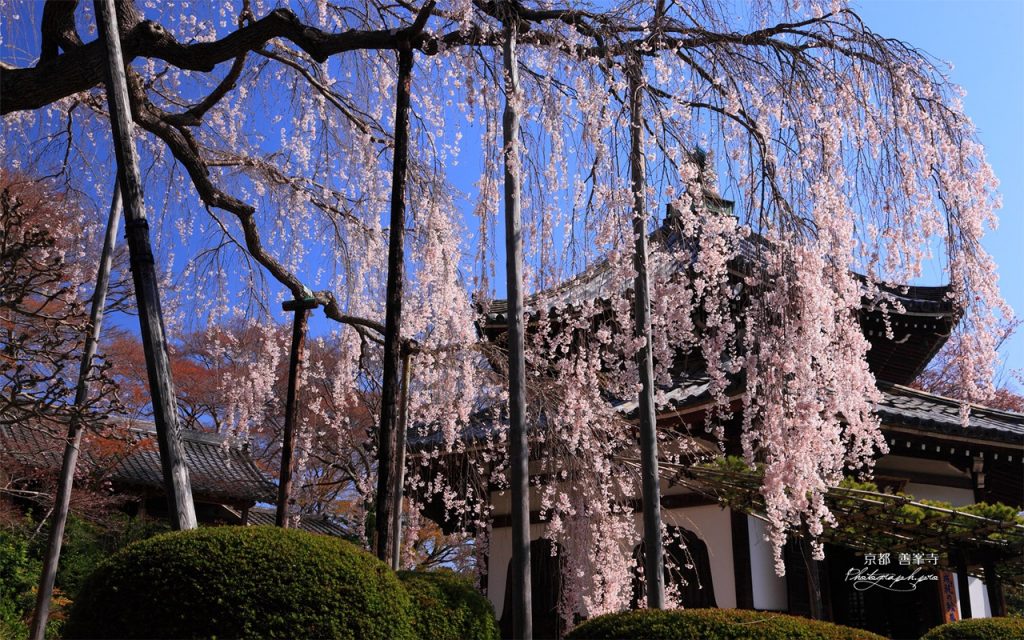
引用(citation):http://photograph.pro/
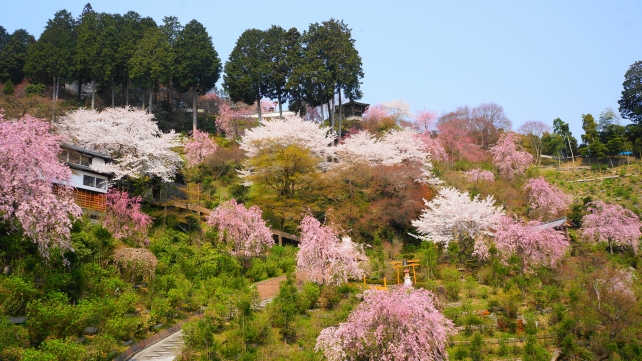
引用(citation):http://kyotomoyou.jp/yoshiminedera-20140410
Next, let’s watch the highlight of Yoshimine-dera Temple!!
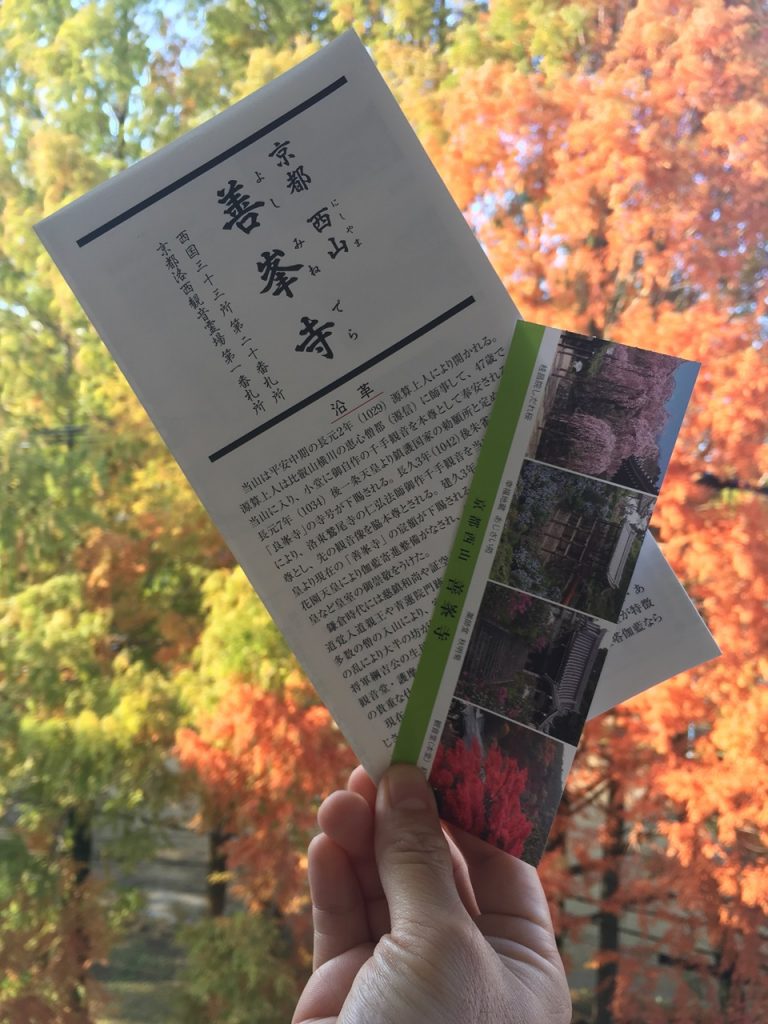
4.The highlights of Yoshimine-dera Temple
- 東門:Higashimon gate(East gate)
- 山門:Sanmon gate (Temple gate)
- 観音堂:Kannon-do hall
- 文殊寺宝館:Monju Treasure hall
- 鐘楼堂:Shoro-do hall (bell tower)
- 護摩堂:Goma-do hall
- 遊龍の松:Yuryu-no-matsu (playing dragon pine-tree)*天然記念物(Natural monument)
- 多宝塔:Taho-to (Two-storied pagoda)*重要文化財:Important Cultural Property
- 経堂:Kyo-do hall
- 開山堂:Kaisan-do hall
- 白山桜あじさい苑と幸福地蔵:A cherry tree and hydrangea garden and Kofukujizo
- 鎮守社:Chinju-sha shrine
- 宝篋印塔:Hokyoin-to pagoda
- 桂昌院廟:Keishoin’s Mausoleum
- 釈迦堂:Shaka-do hall
- 稲荷社:Inari-sha shrine
- 薬師堂と蓮華寿院旧跡庭:Yakushi-do hall and the garden of Rengeju-in historic site
- 御陵:Imperial mausoleum
- 阿弥陀堂:Amida-do hall
- 書院:Shoin (Study hall)
●東門:Higashimon gate(East gate)
This is Higashimon gate(East gate) which is the outer gate of the temple.
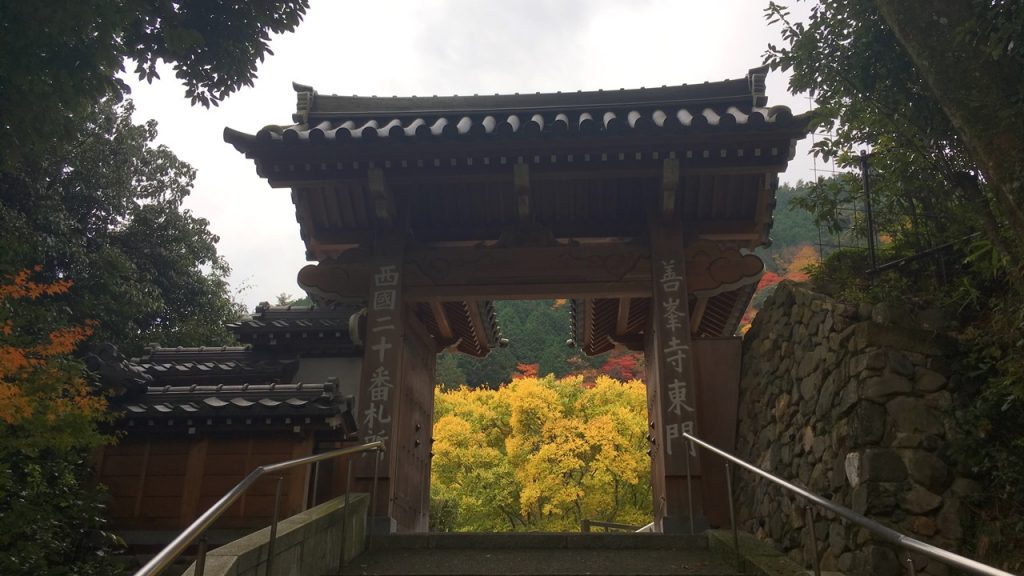
●山門:Sanmon gate (Temple gate)
This is Sanmon gate (Temple gate) of the entrance of this temple which was built in 1716.
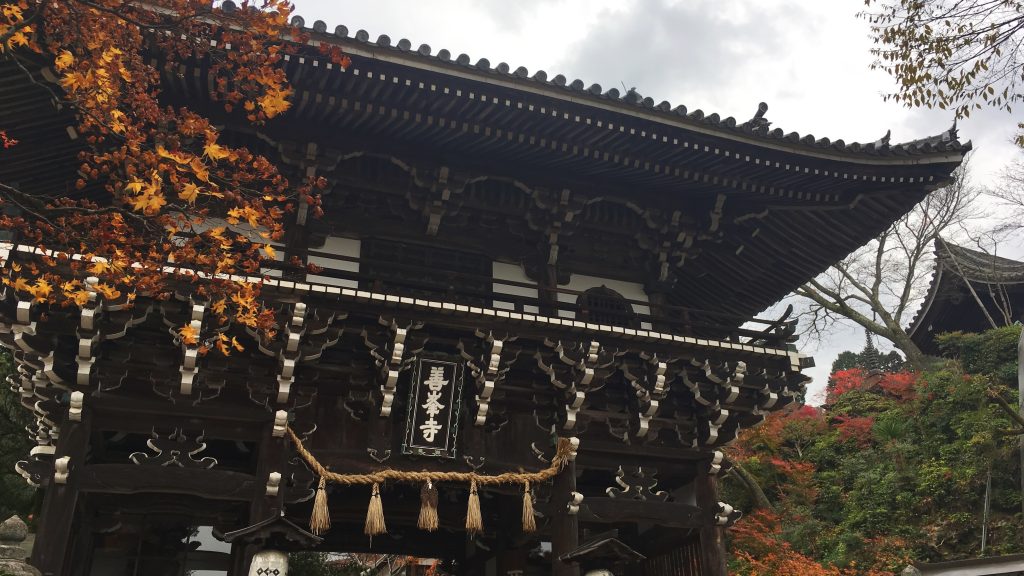
A tablet of this temple was granted in 1192 by Emperor Go-Toba.
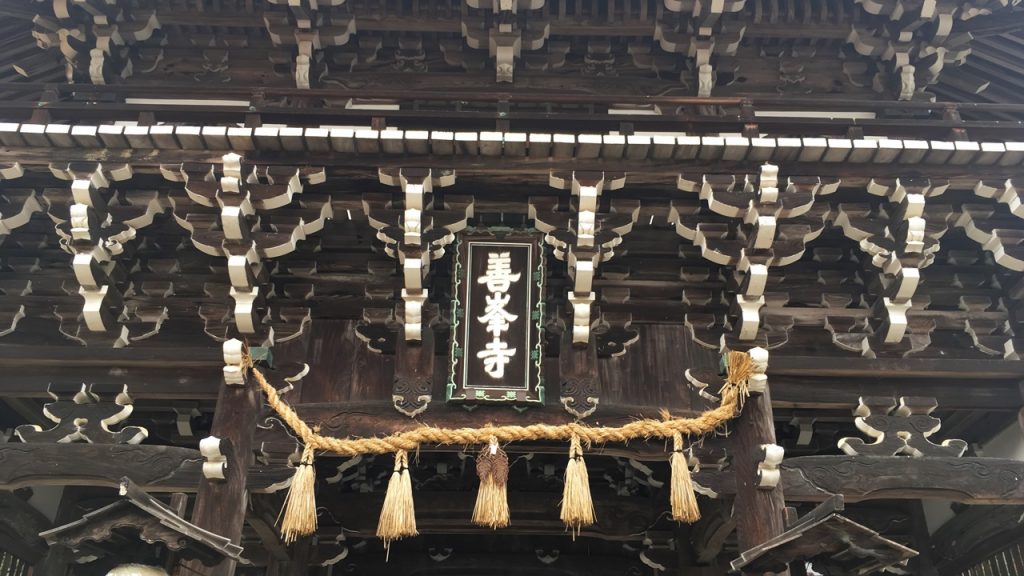
●観音堂:Kannon-do hall
This is Kannon-do hall of Hon-do of this temple which was built in 1692.
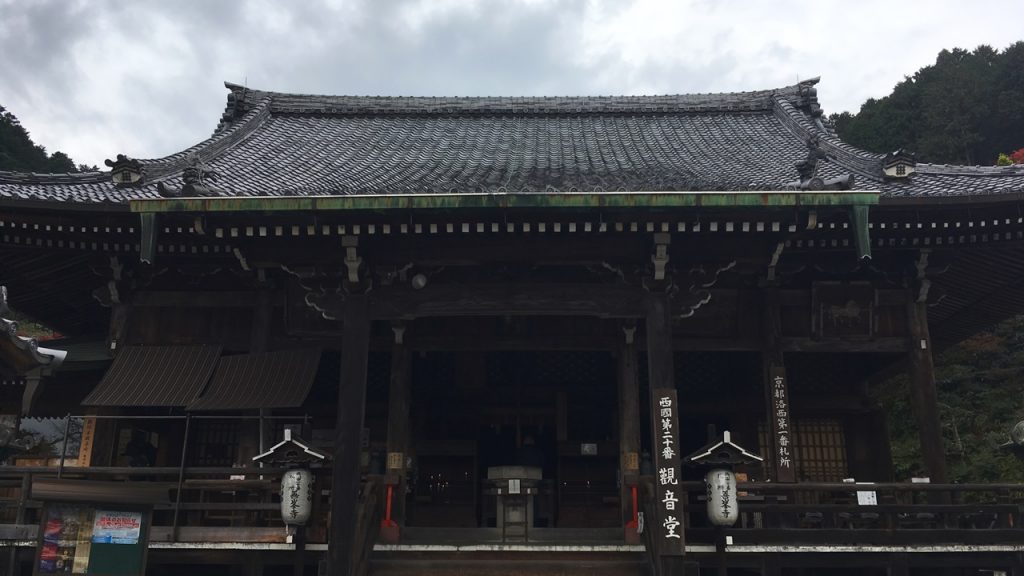
The statue of Senju (thousand-armed) Kannon Bosatsu who is a principal image of this temple is enshrined in this building.
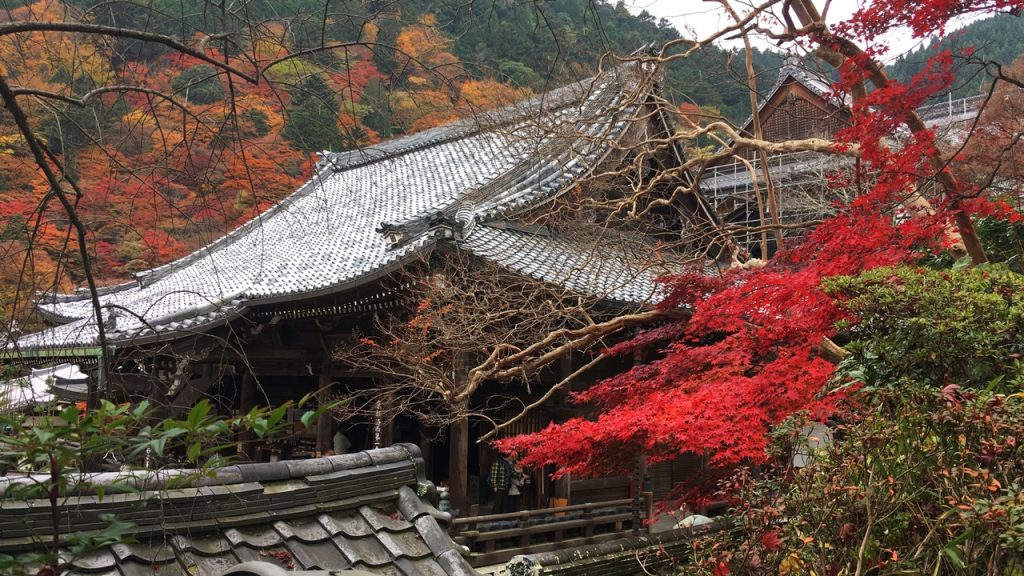
●文殊寺宝館:Monju Treasure hall
This is Monju Treasure hall storing up approximately 300 pieces of treasure of this temple.
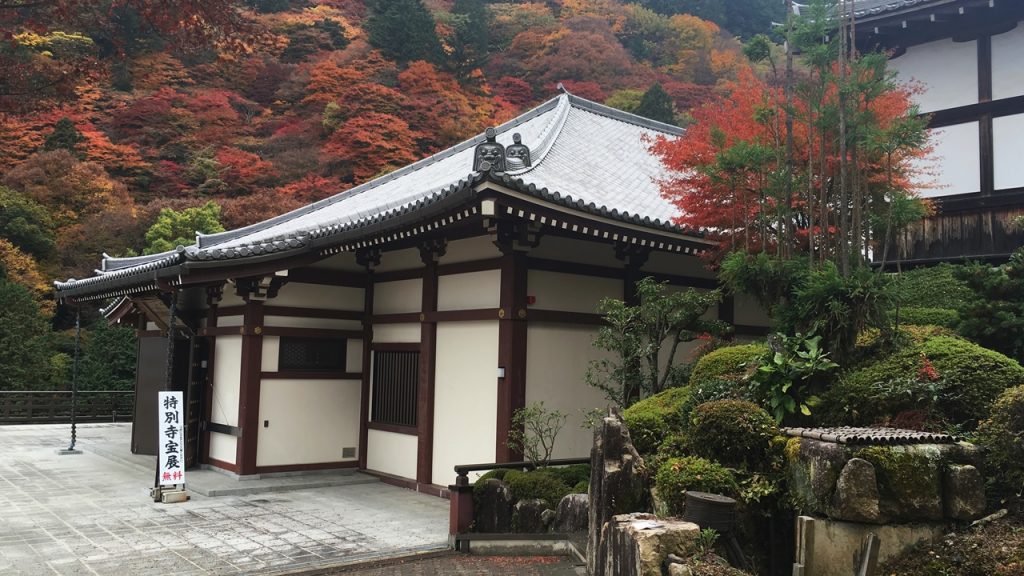
●鐘楼堂:Shoro-do hall (bell tower)
This is Shoro-do hall (bell tower) which was built in 1686.
The bell of this building is called the bell of the good luck charm.
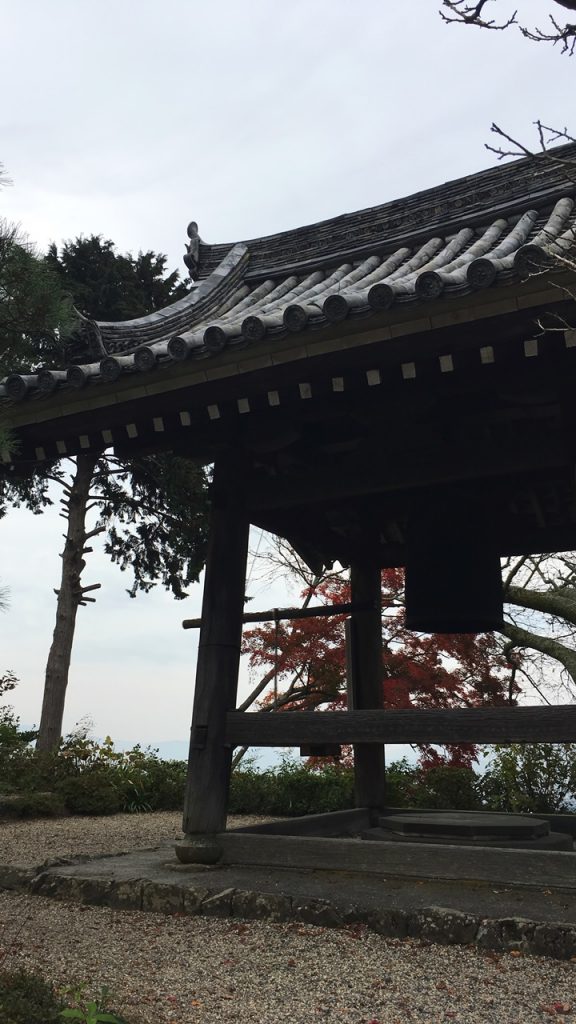
●護摩堂:Goma-do hall
This is Goma-do hall which was built in 1692.
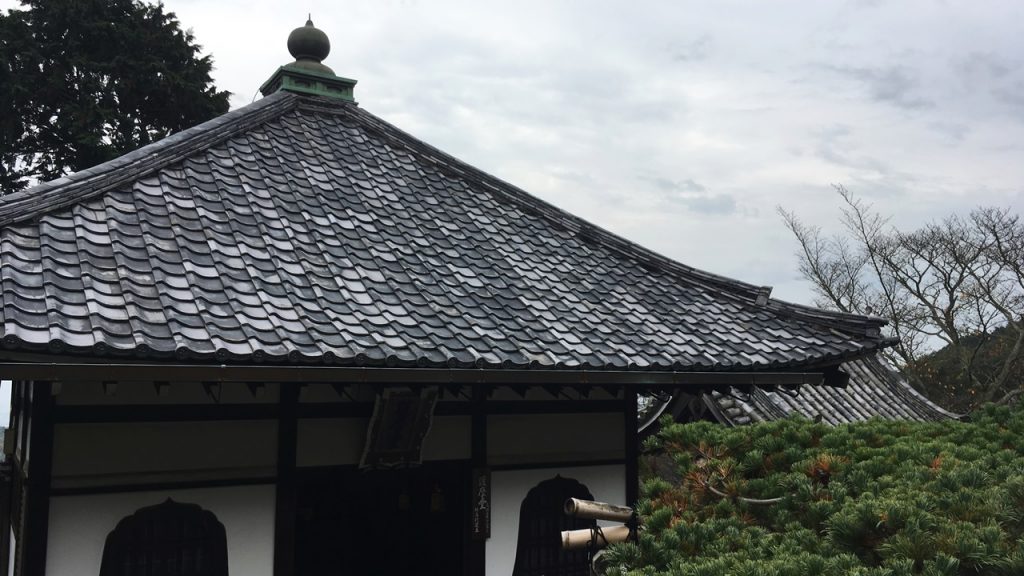
Godai Myoo (Five Great Myoo) is enshrined in this building.
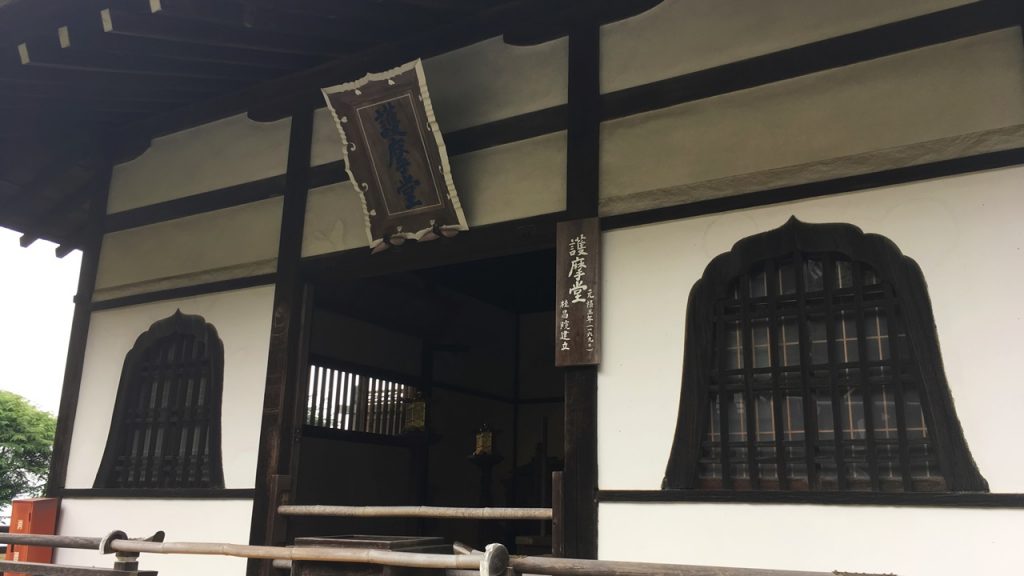
●遊龍の松:Yuryu-no-matsu (playing dragon pine-tree)*天然記念物(Natural monument)
This pine tree is called Yuryu-no-matsu (playing dragon pine-tree) which is more than 600 years old and is appointed to a natural monument.
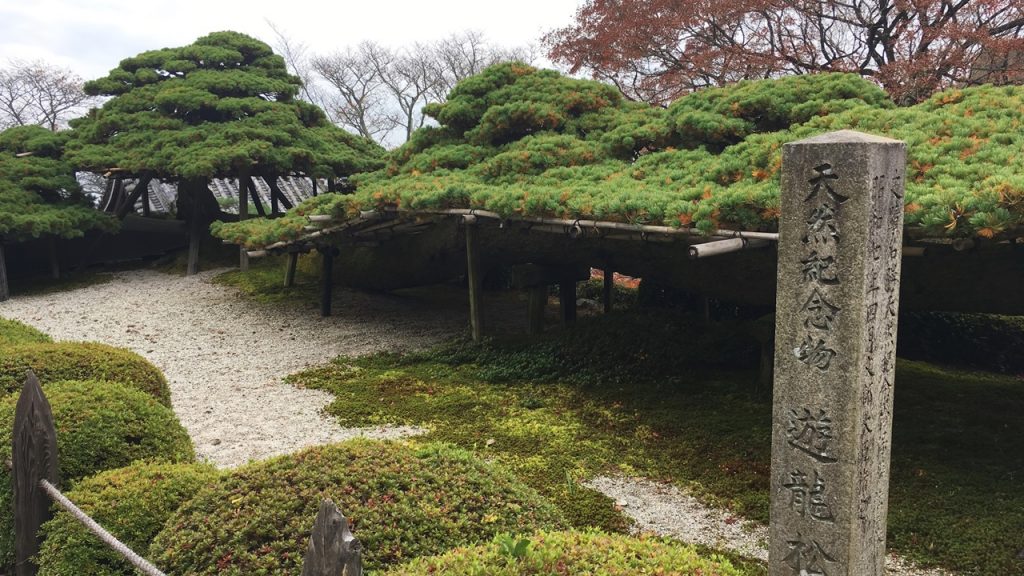
The length of this pine tree is approximately 37m and is also called the best pine tree in Japan.
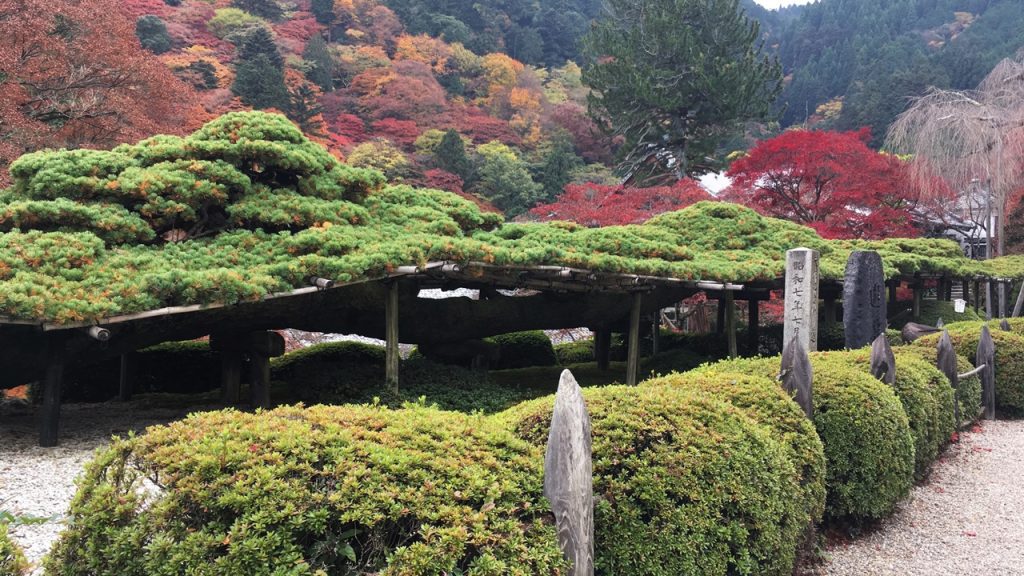
●多宝塔:Taho-to (Two-storied pagoda)*重要文化財:Important Cultural Property
This is Taho-to (Two-storied pagoda) which was built in 1621.
It was designated as an important cultural property.
Aizen Myoo(Rāgarāja) is enshrined in this building.
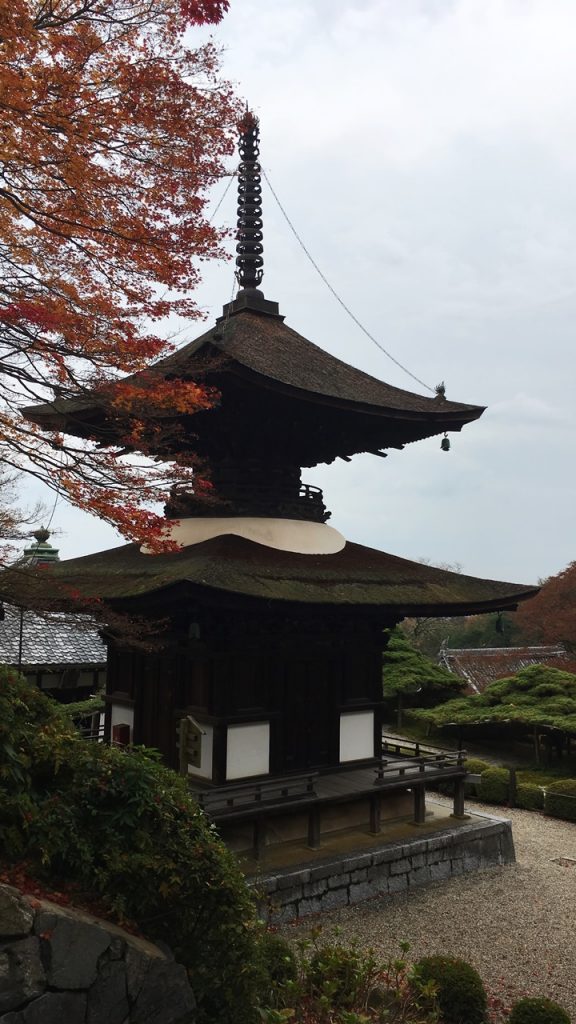
●経堂:Kyo-do hall
This is Kyo-do hall which was built in 1705.
There is the weeping cherry tree more than 300 years old which is the symbol of this temple near Kyo-do Hall.
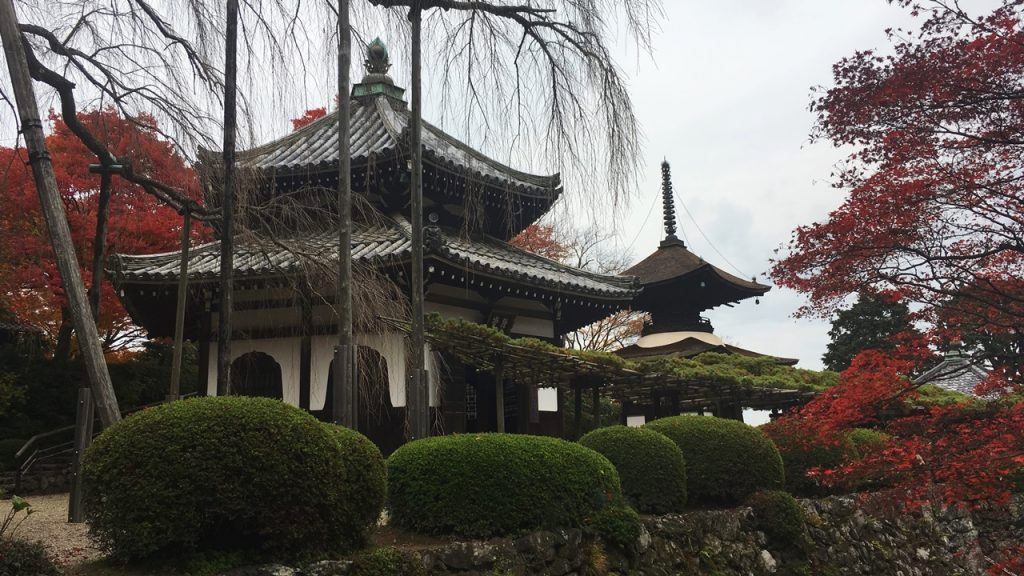
●開山堂:Kaisan-do hall
This is Kaisan-do hall which was built in 1685.
Genzan who is the initiator of this temple is enshrined in this building.
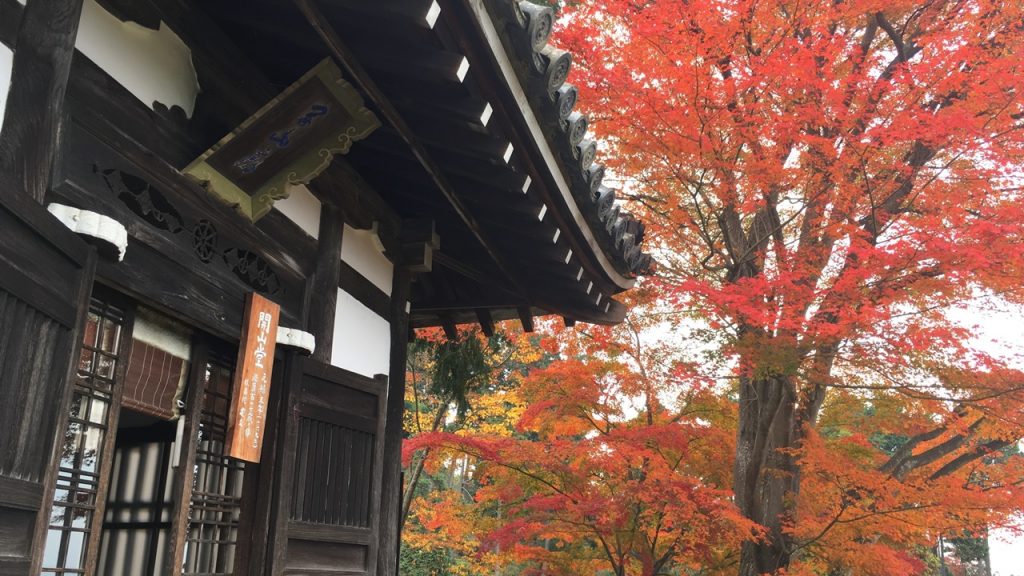
●白山桜あじさい苑と幸福地蔵:A cherry tree and hydrangea garden and Kofukujizo
There is hydrangea garden in the depths of the precincts.
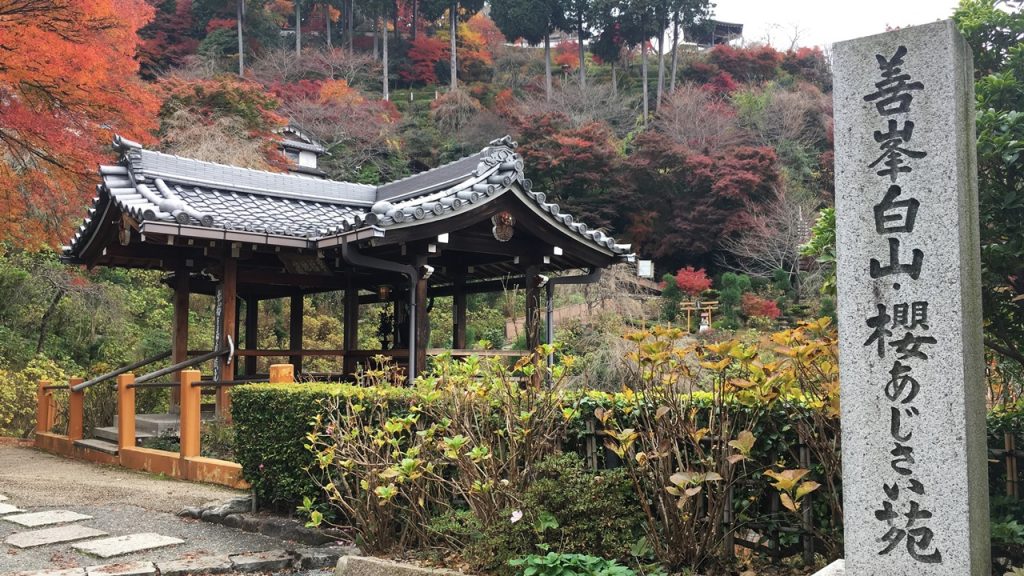
Kofuku-Jizo with the divine favor of the happiness is enshrined at the entrance of the garden.
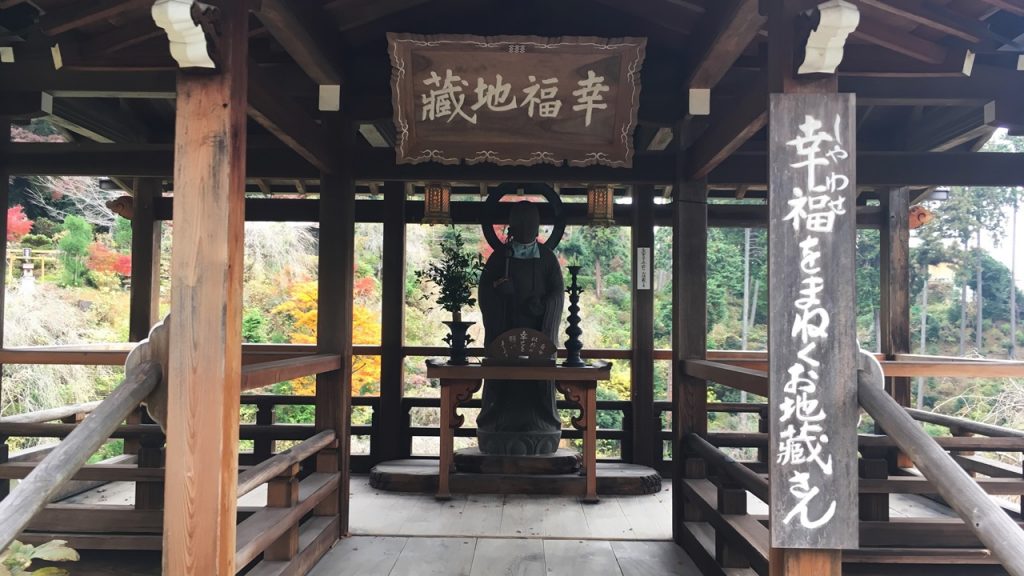
●鎮守社:Chinju-sha shrine
This is Chinju-sha shrine which was built in 1692.
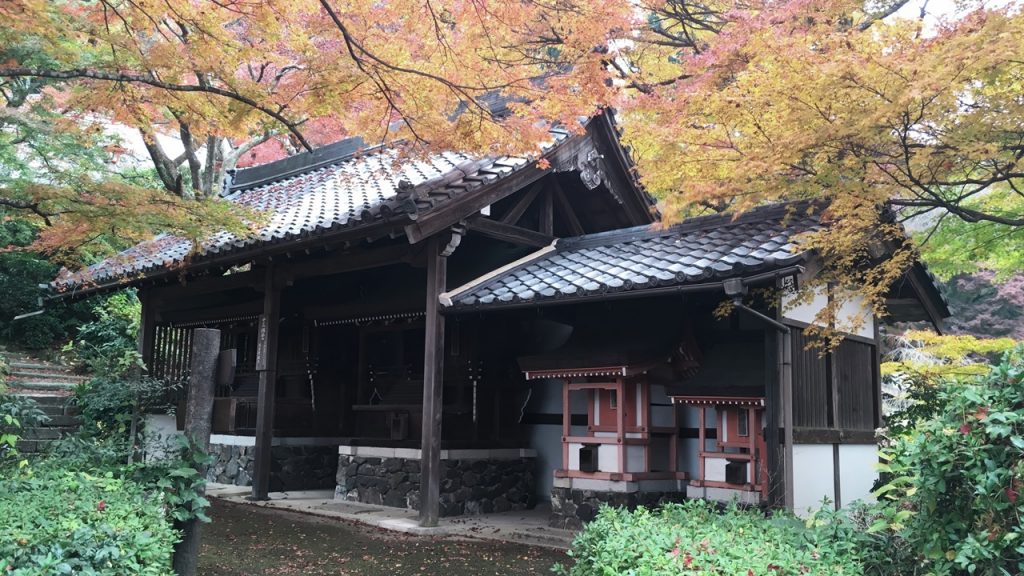
●宝篋印塔:Hokyoin-to pagoda
This is Hokyoin-to pagoda where the sacred book of the Lotus Sutra was stored up.
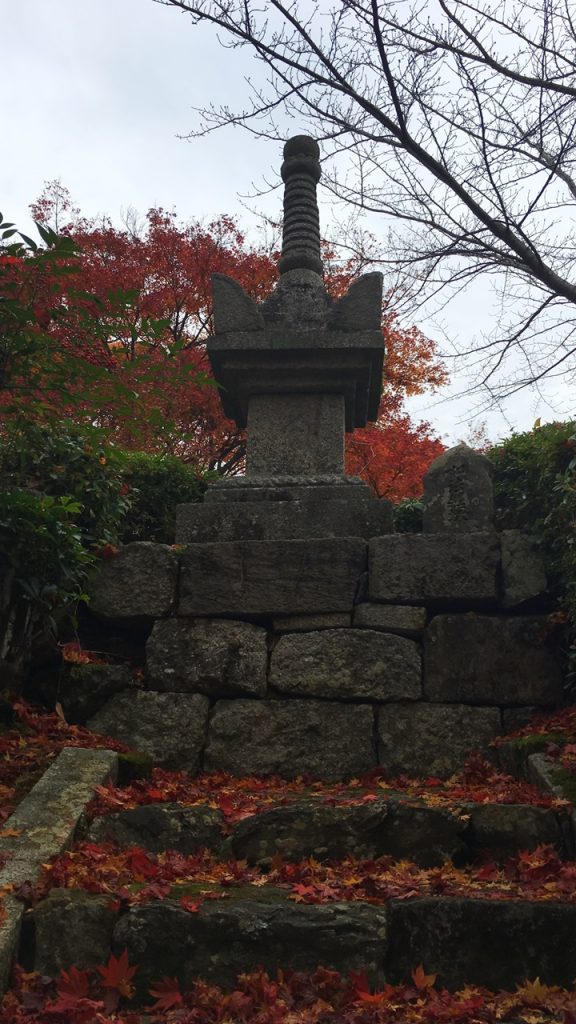
●桂昌院廟:Keishoin’s Mausoleum
This is Keishoin’s Mausoleum which was built in 1705.
Keishoin is mother of the 5th shogun of the Edo bakufu, Tsunayoshi TOKUGAWA.
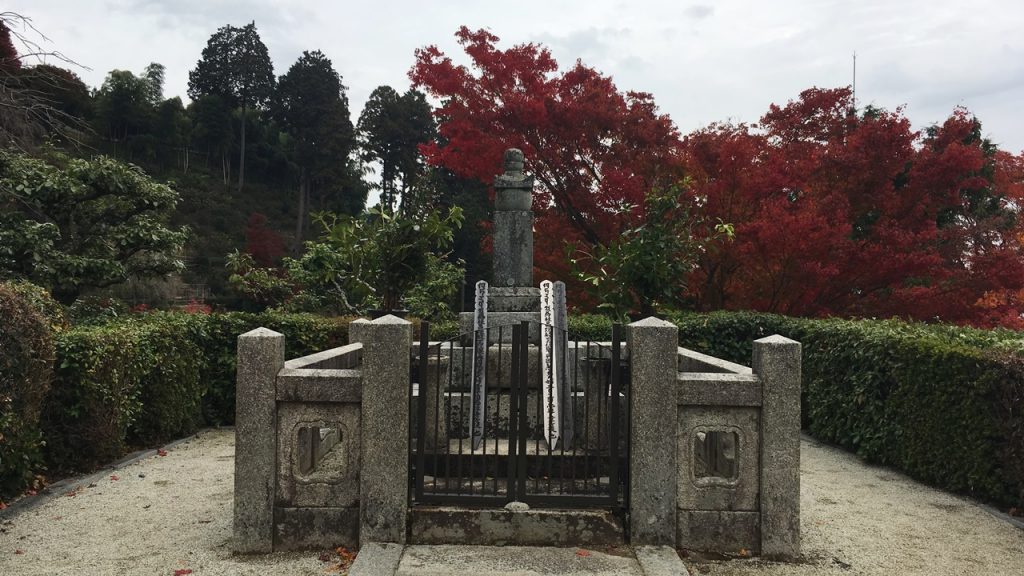
●釈迦堂:Shaka-do hall
This is Shaka-do hall which was built in 1885.
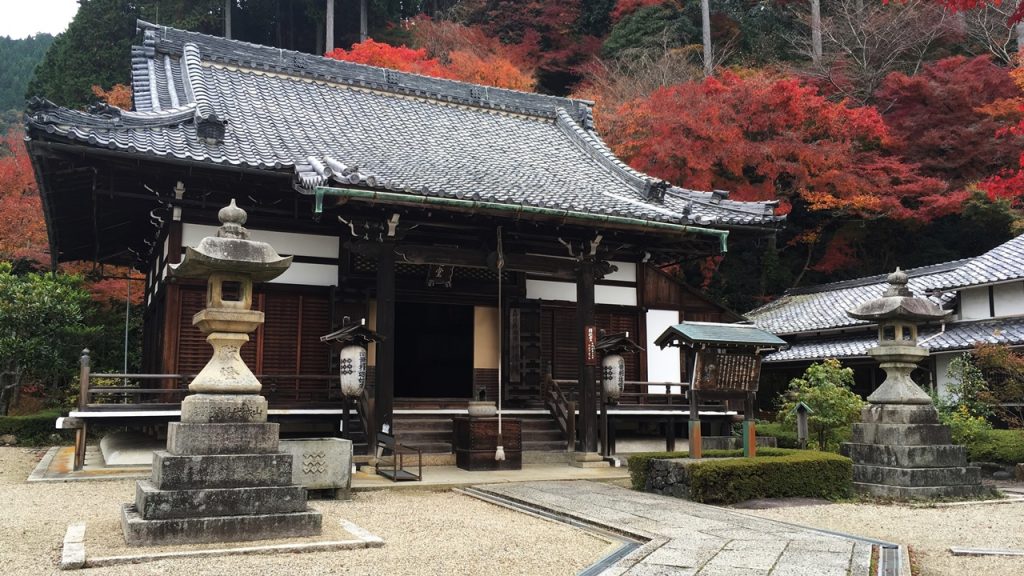
Shaka Nyorai (Shakyamuni) is enshrined in this building.
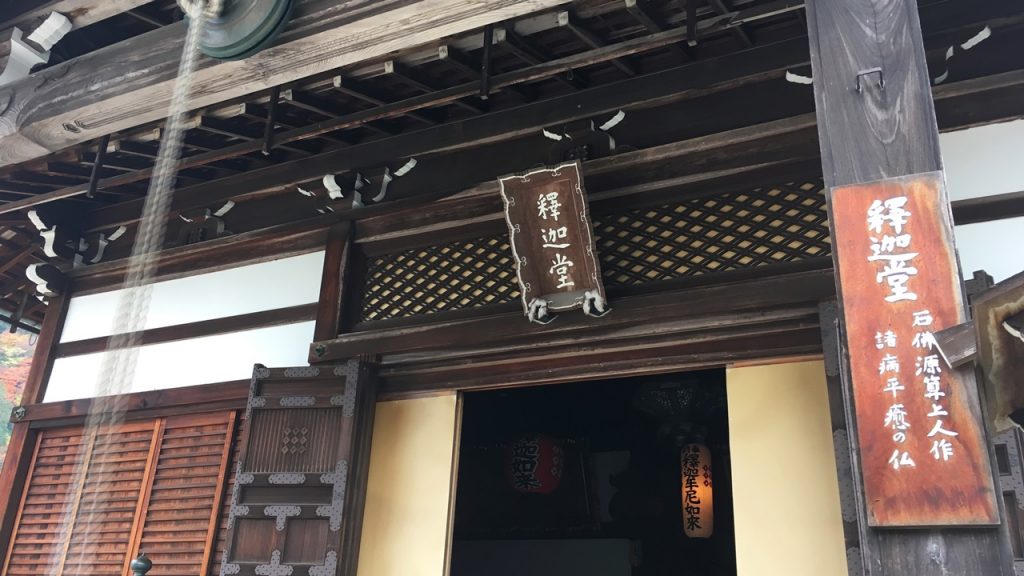
●稲荷社:Inari-sha shrine
This is Inari-sha shrine.
Shoichii Inari Daimyo-jin is enshrined in this Shinto shrine.
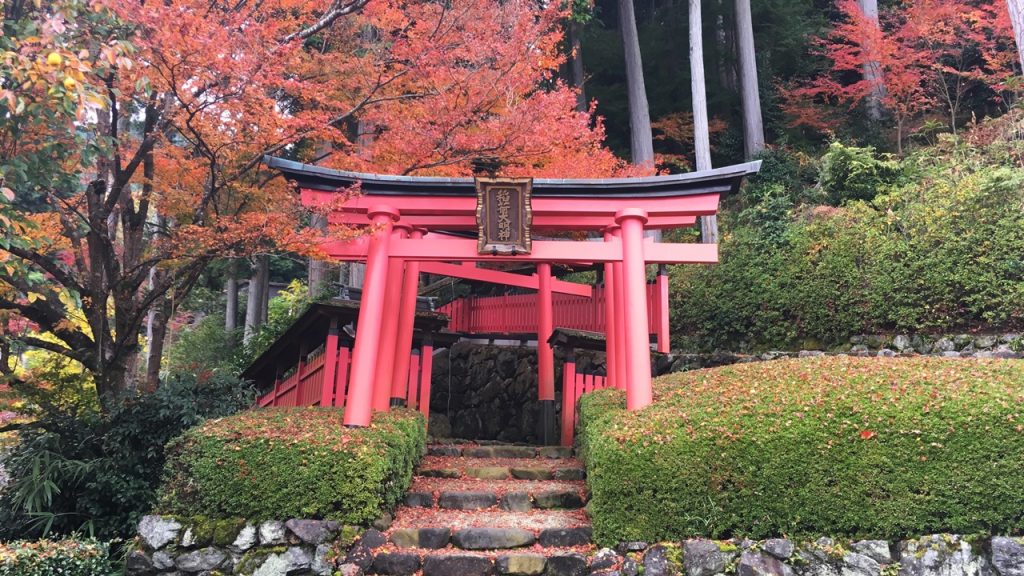
●薬師堂と蓮華寿院旧跡庭:Yakushi-do hall and the garden of Rengeju-in historic site
This is Yakushi-do hall which was built in 1701.

Yakushi Nyorai(Bhaisajyaguru) is enshrined in this building.
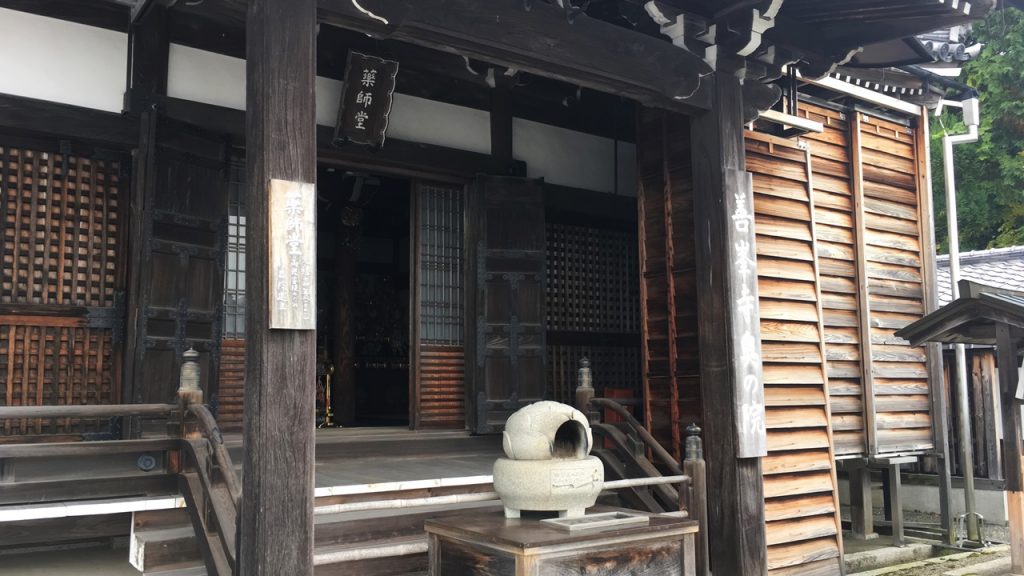
There was the building which had been called Rengeju-in behind Yakushi-do hall.
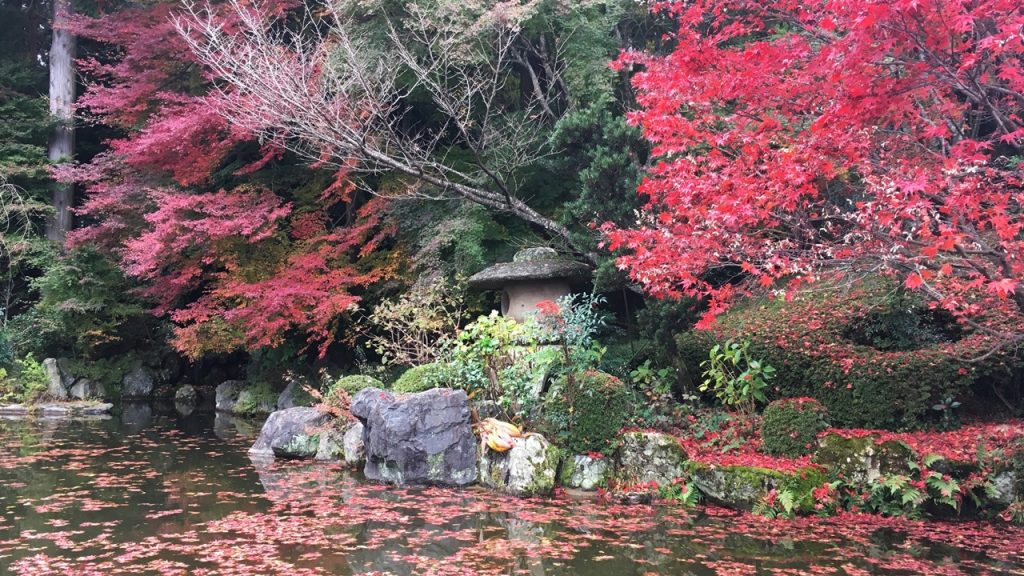
The building has already disappeared now.
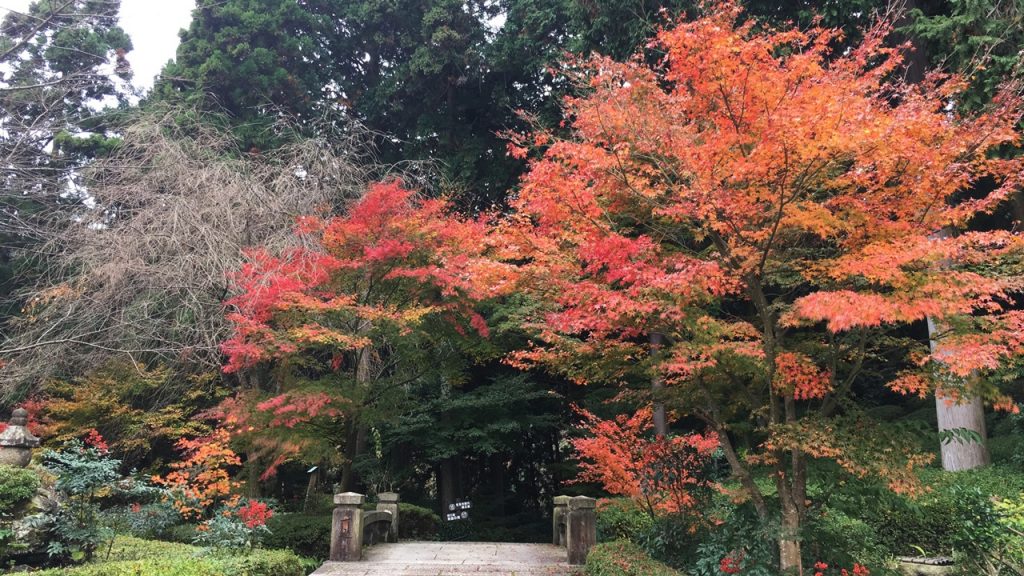
●御陵:Imperial mausoleum
This is Goryo (Imperial mausoleum).
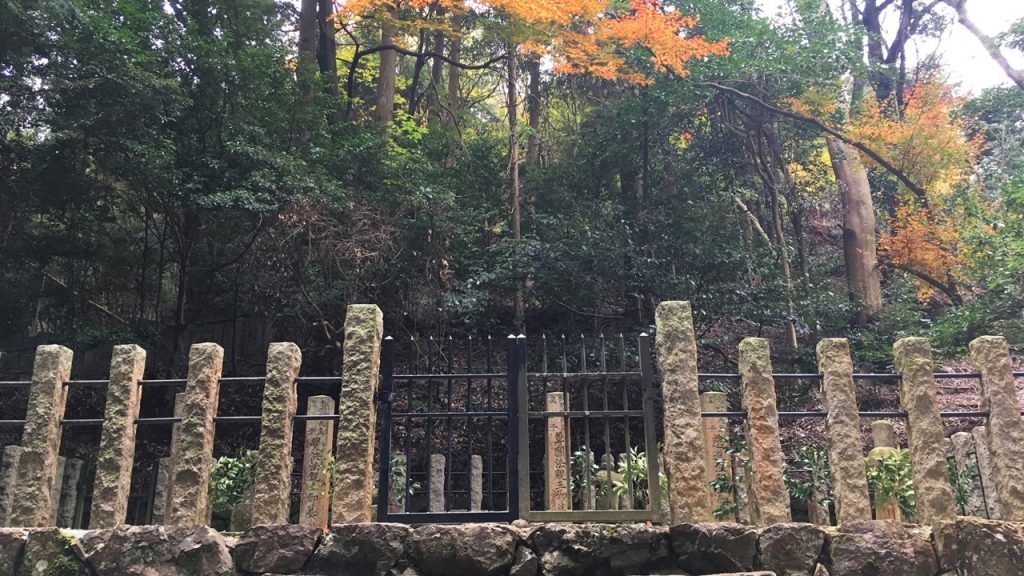
●阿弥陀堂:Amida-do hall
This is Amida-do hall which was built in 1673.
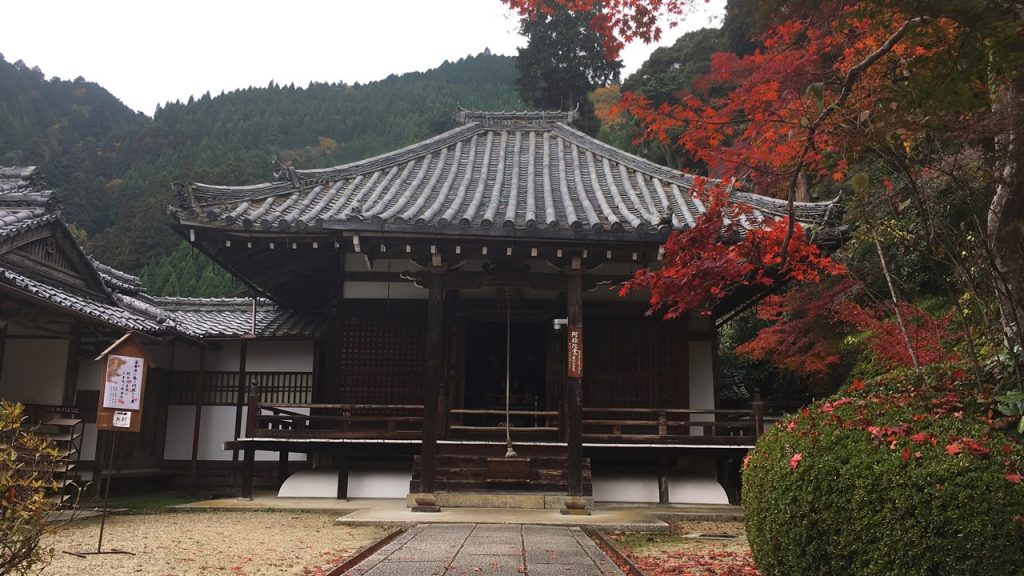
Hokan Amida Nyorai (coroneted Amitabha Tathagata) is enshrined in this building.
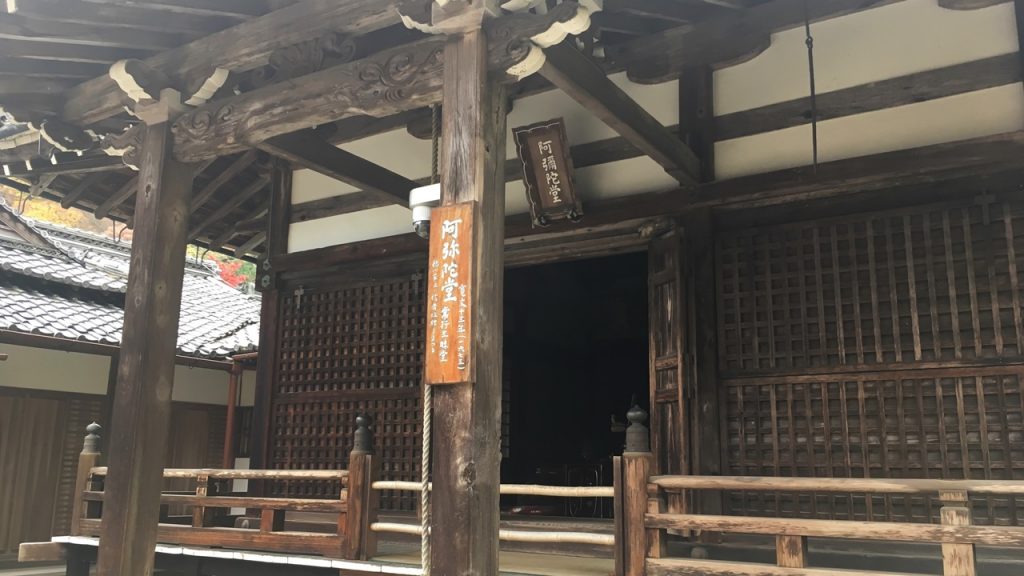
●書院:Shoin (Study hall)
This is Shoin (Study hall).
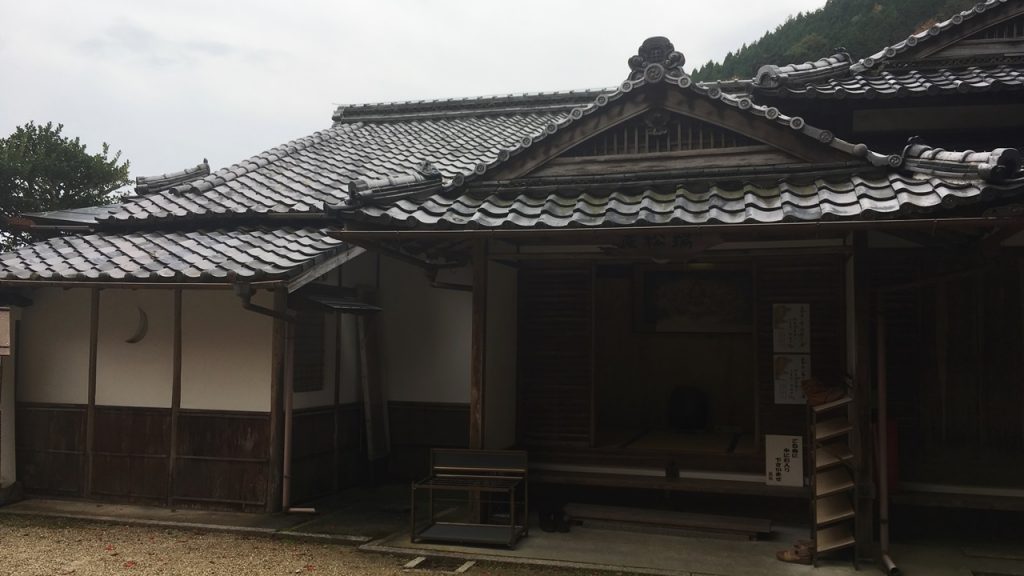
The scenery of the precincts to look at from Shoin (Study hall).
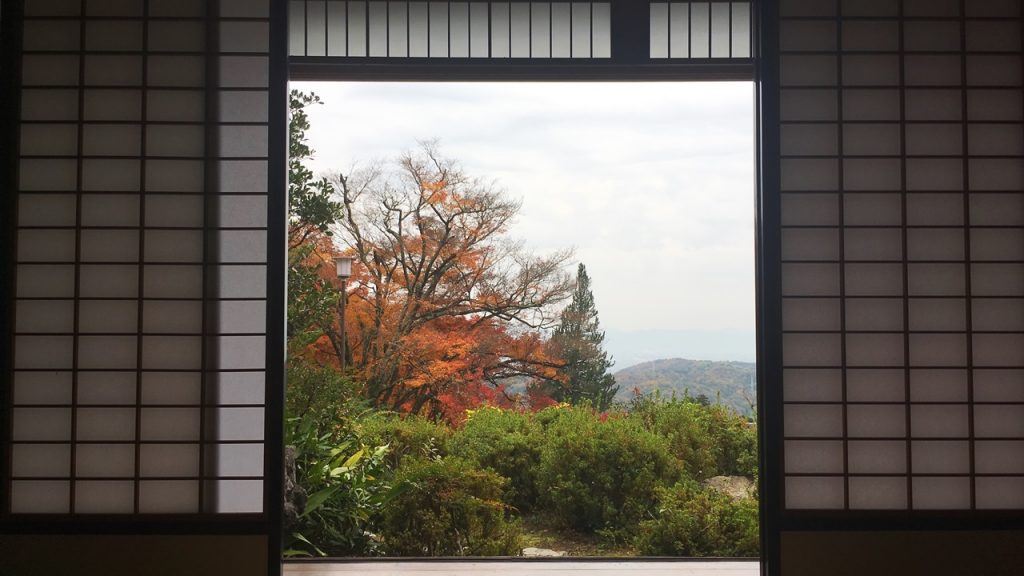
We can look at scenery of Mt. Kyoto-Seizan from Shoin (Study hall).

5.Goshuin(The stamp of shrine or temple) of Yoshimine-dera Temple
This Temple’s Sumigaki(The words which was written with a sumi(black ink)) is “大悲殿(Daihiden)” which is the another name of principal idol of this temple.
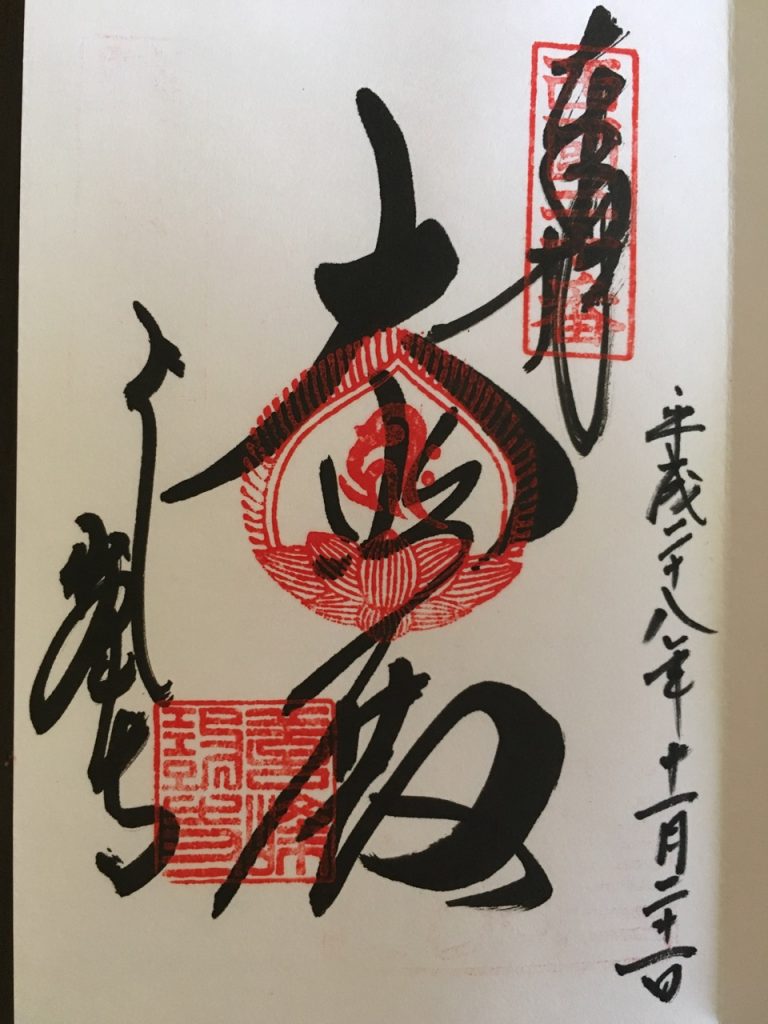
6.How to get to Yoshimine-dera Temple
The nearest station of Yoshimine-dera Temple is “Hankyu Higashi-Muko Station” or “JR Mukomachi Station”.
■Route Example (From Osaka Station)
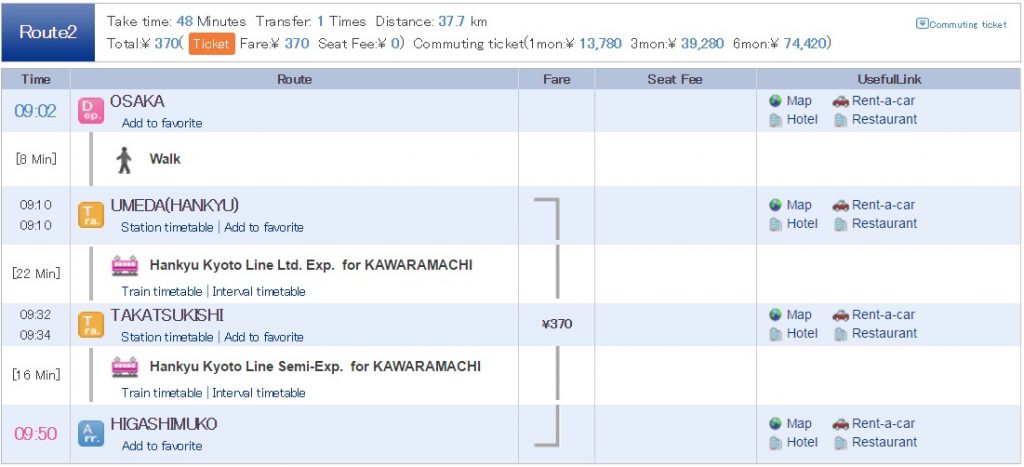
■Route Example (From Namba Station)
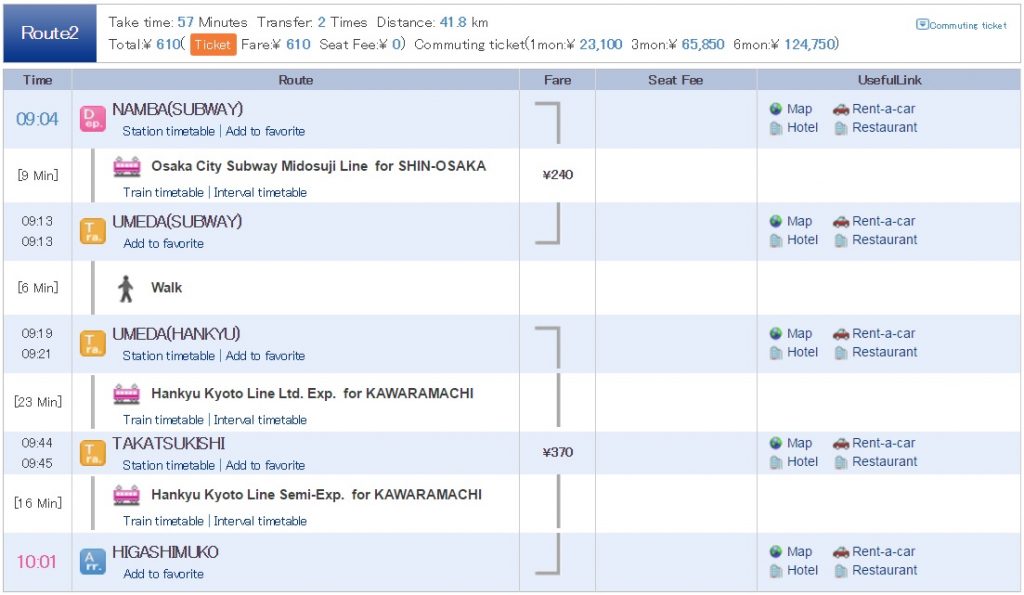
■Route Example (From Kyoto Station)

■Hankyu Higashi-Muko Station→Yoshimine-dera Temple
We go by bus from Hankyu Higashi-Muko Sta. to Jurin-ji Temple.
(There is more than 5 km from the station to the destination.)
Timetable and Route Search of bus
①When you get on a bus from Hankyu Higashi-Muko Station
[Timetable]Route No.66
Bus company:Hankyu Bus
Routes/Destination:No.66[for Oshio/Yoshimine-dera Temple]
Boarding bus stop:Hankyu Higashimuko[Bus stop No.1]
Alighting bus stop:Yoshiminedera
Bus fare:350 yen
Time required:About 30 min
①When you get on a bus from JR Mukomachi Station
[Timetable]Route No.66
Bus company:Hankyu Bus
Routes/Destination:No.66[for Oshio/Yoshimine-dera Temple]
Boarding bus stop:JR Mukomachi[Bus stop No.2]
Alighting bus stop:Yoshiminedera
Bus fare:350 yen
Time required:About 35 min
Note:
The bus does not go to Yoshiminedera bus stop from January 6 to the February end.
(Oshio bus stop is the final bus stop in this period.)
Let’s go from Oshio bus stop on foot during this period.
How did you like it?
Please try to go to this place.
Have a nice trip! XD
<Let’s search the sightseeing information of Kansai in Japan on ‘Japan’s Travel Manual‘!!>
<This site introduces the easiest way to get Japanese (Kansai) sightseeing spots to you.>

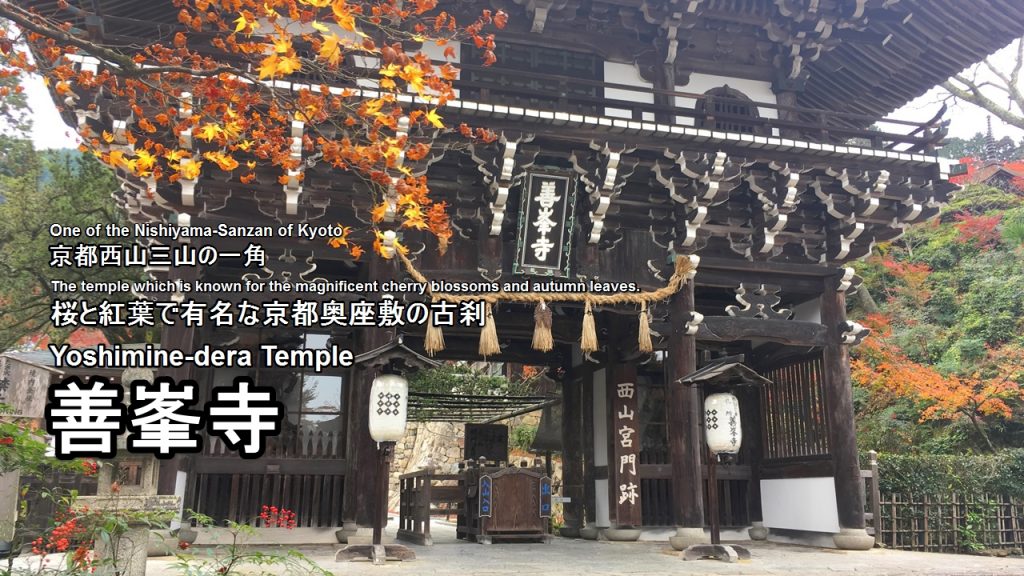
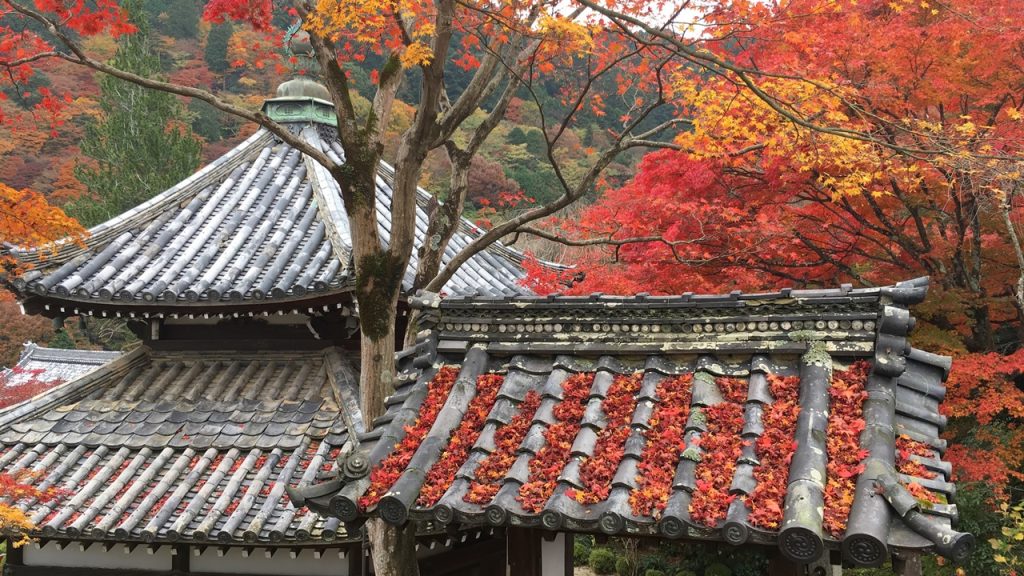
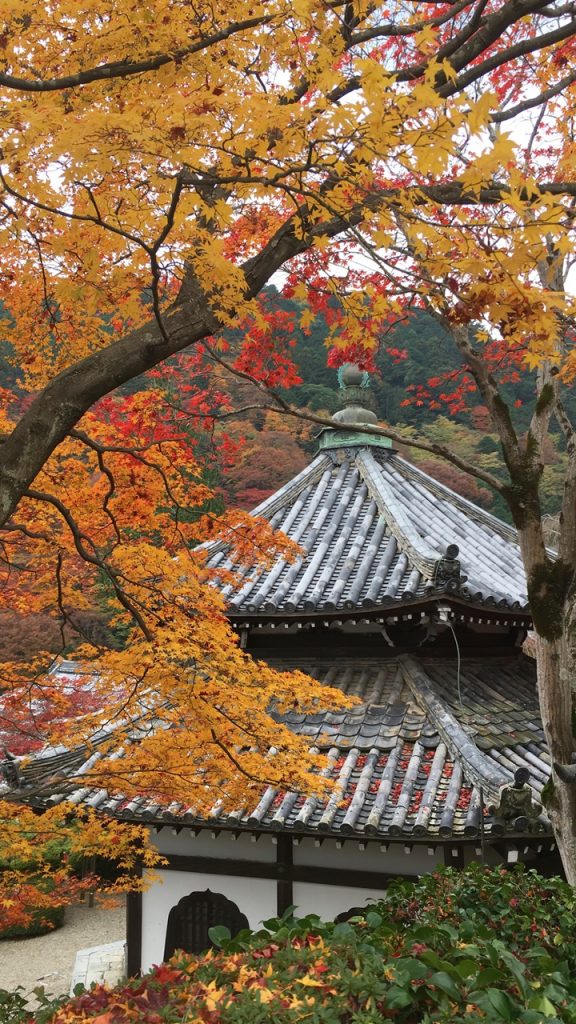
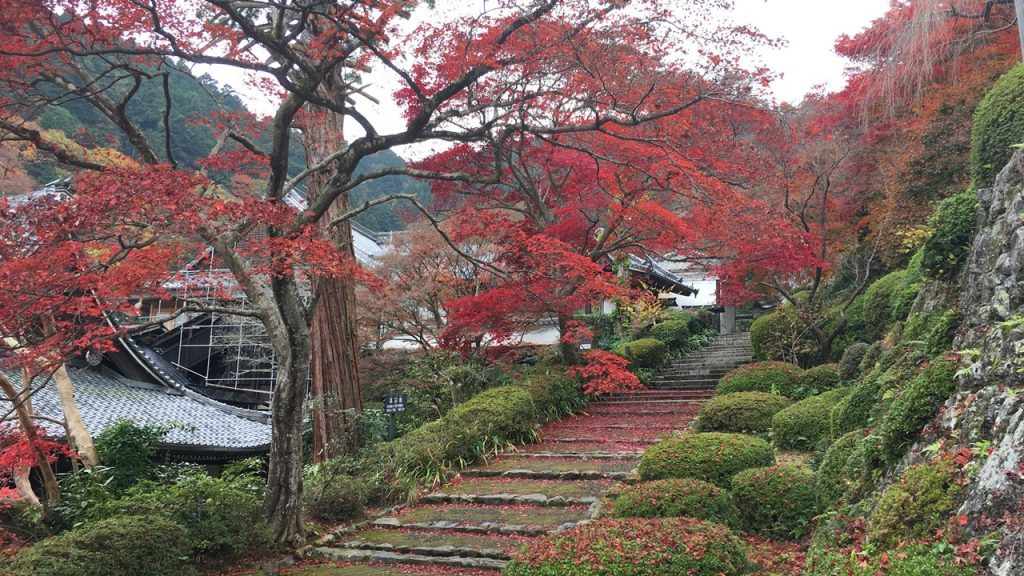
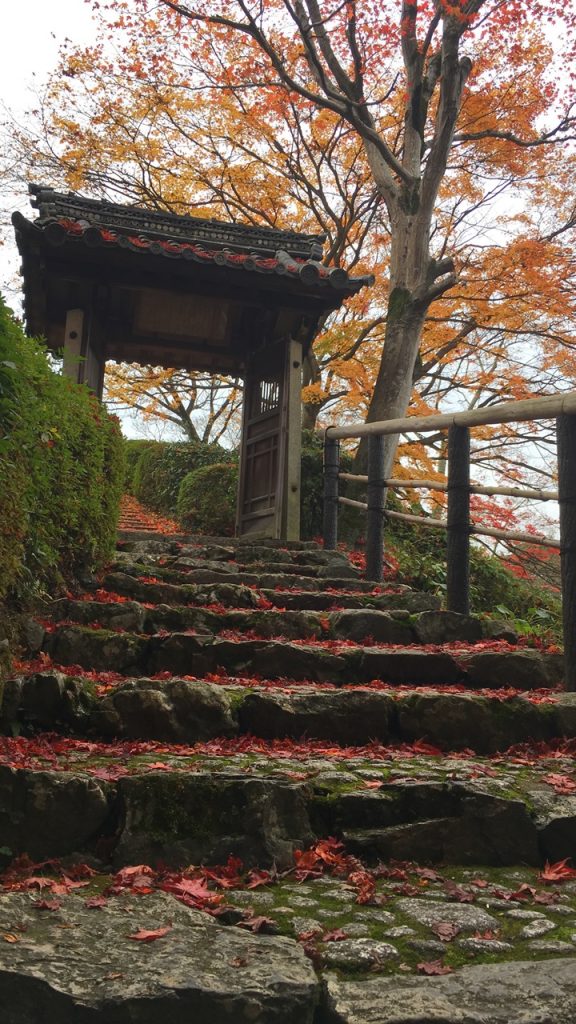
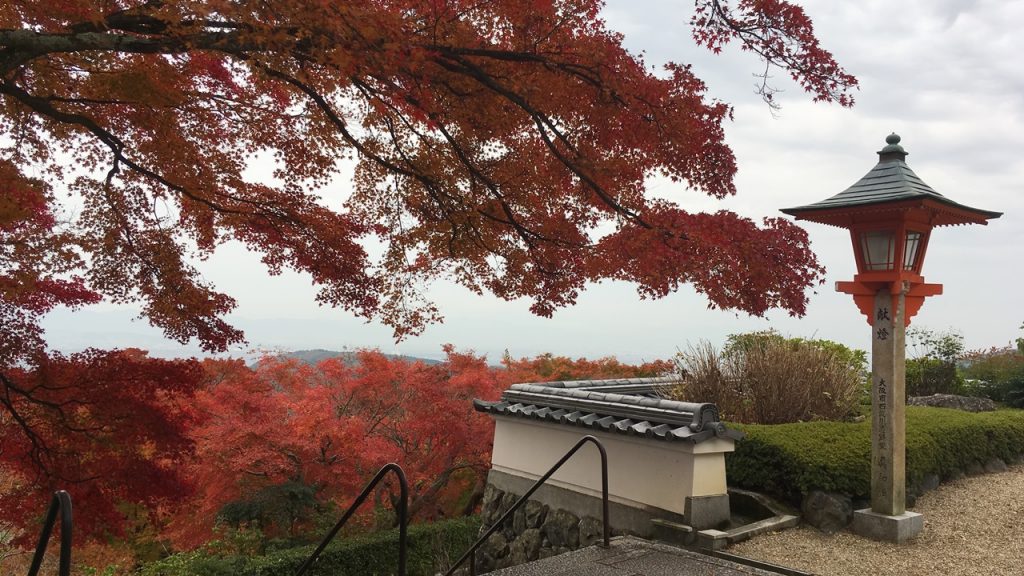
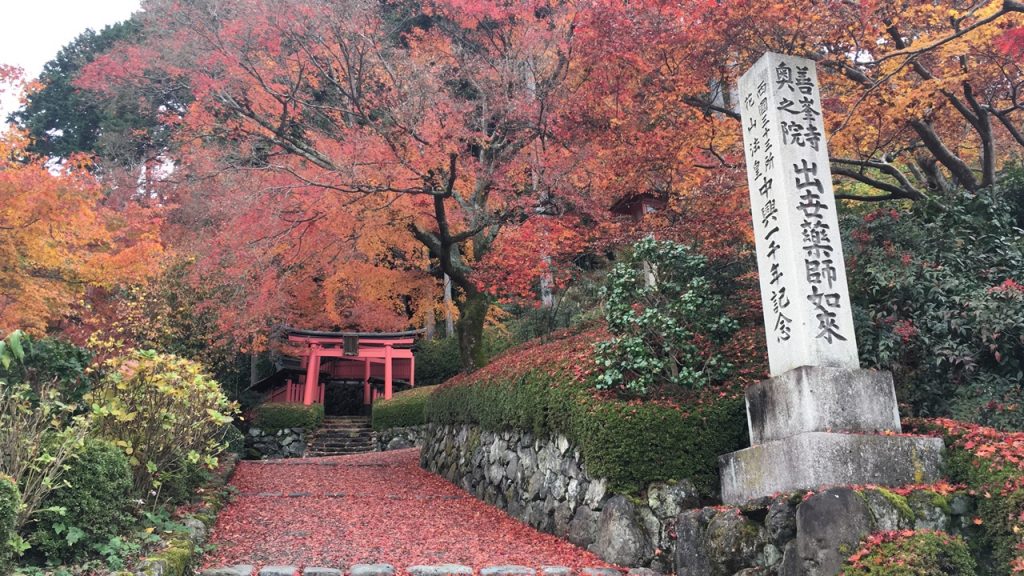
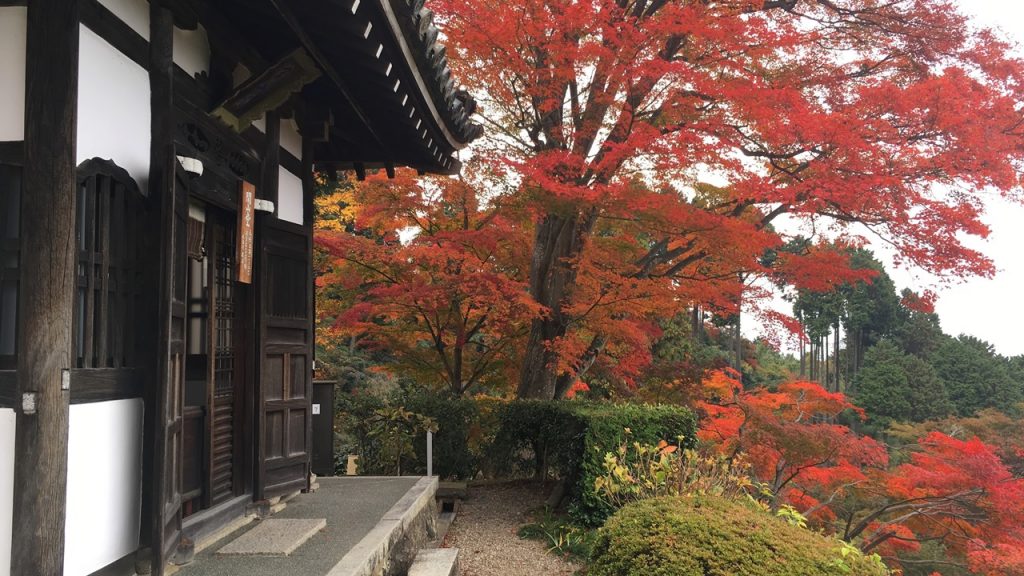
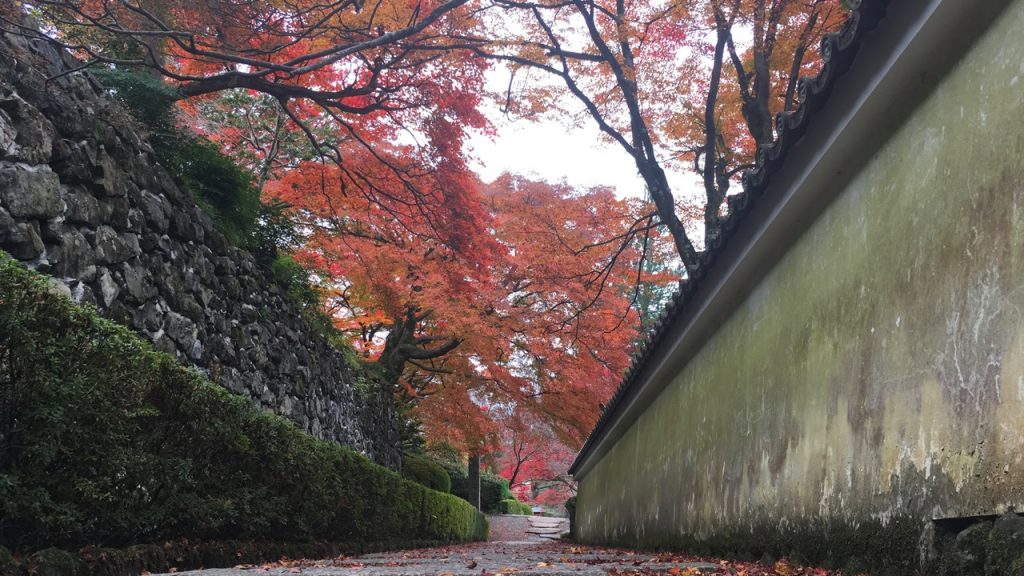
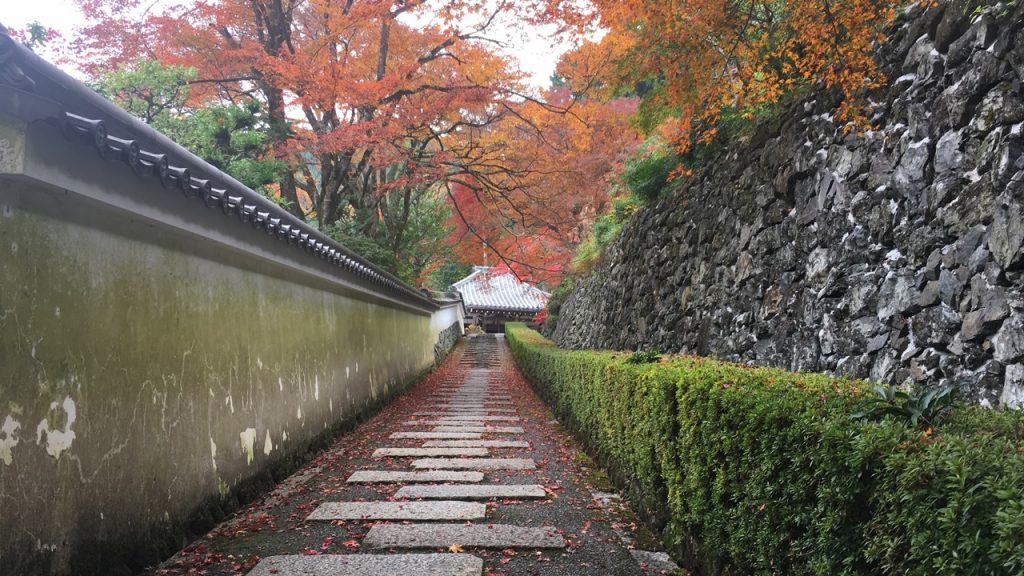

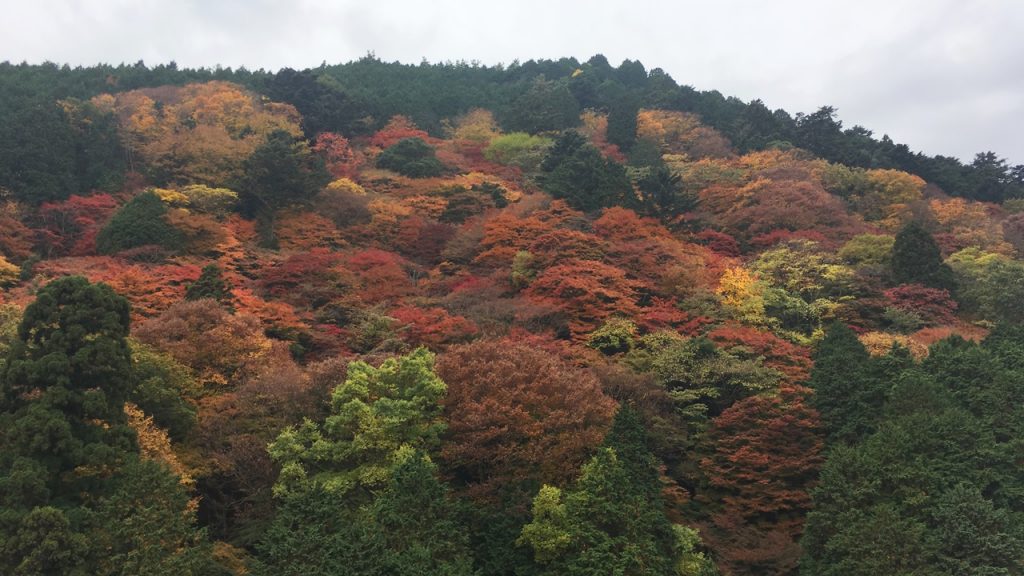
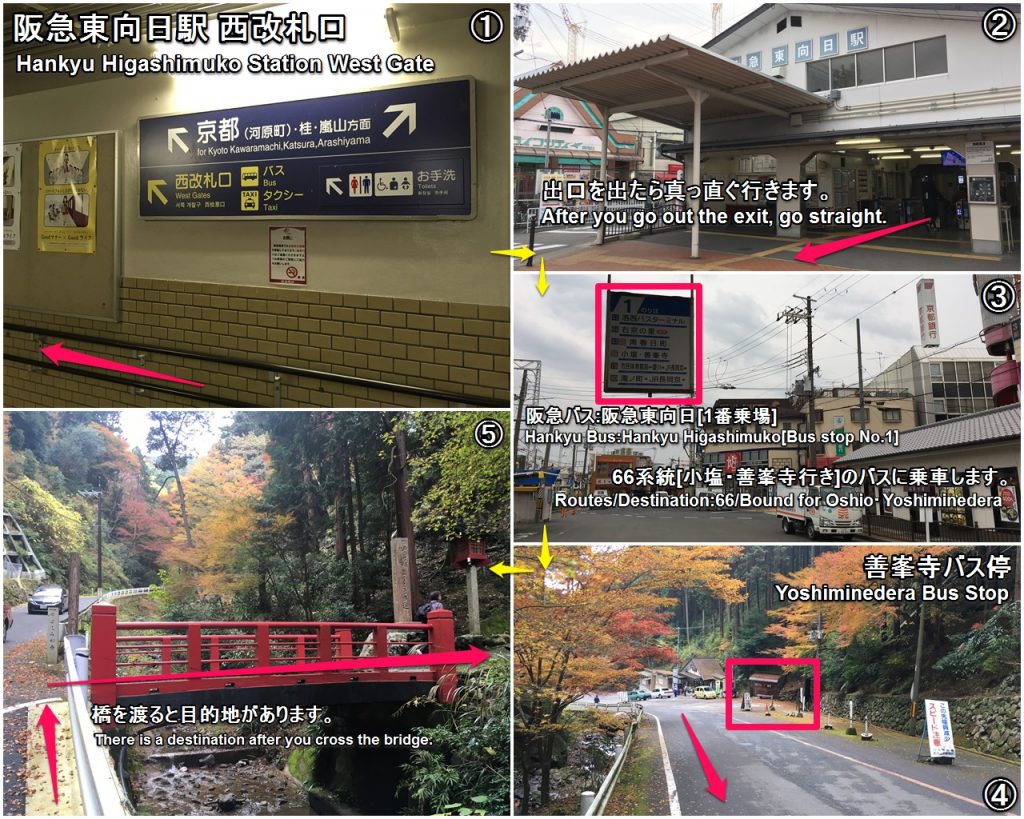
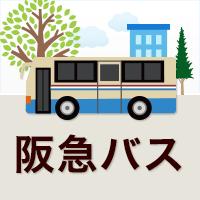


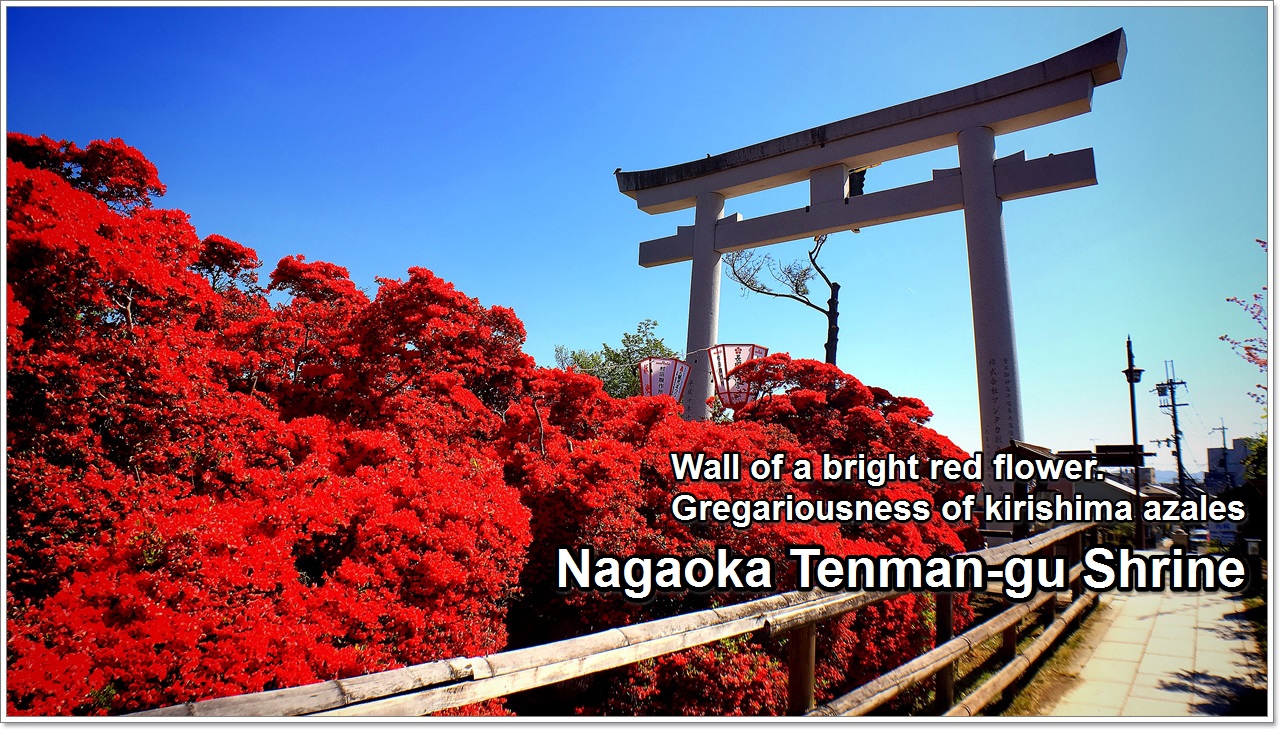
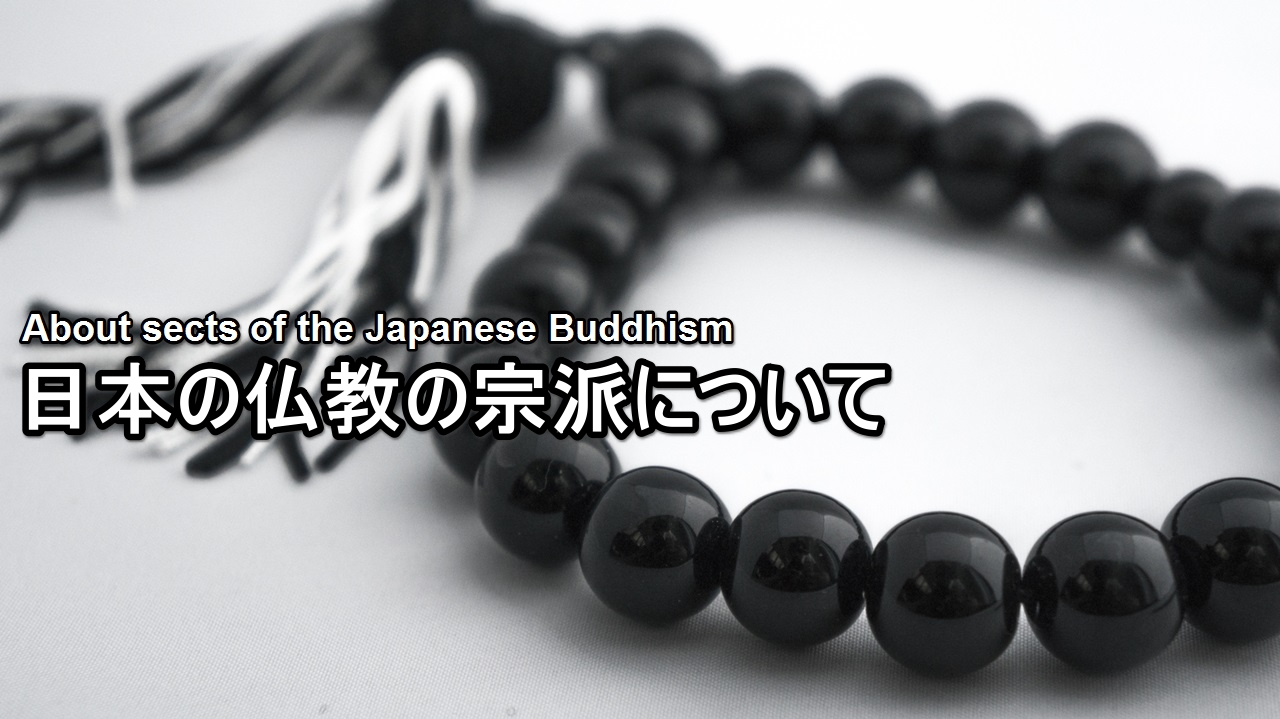
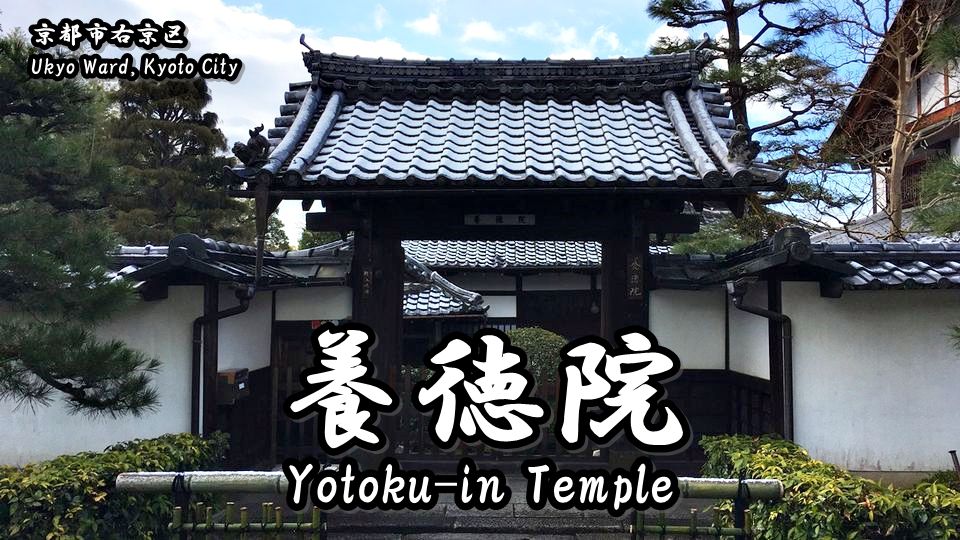
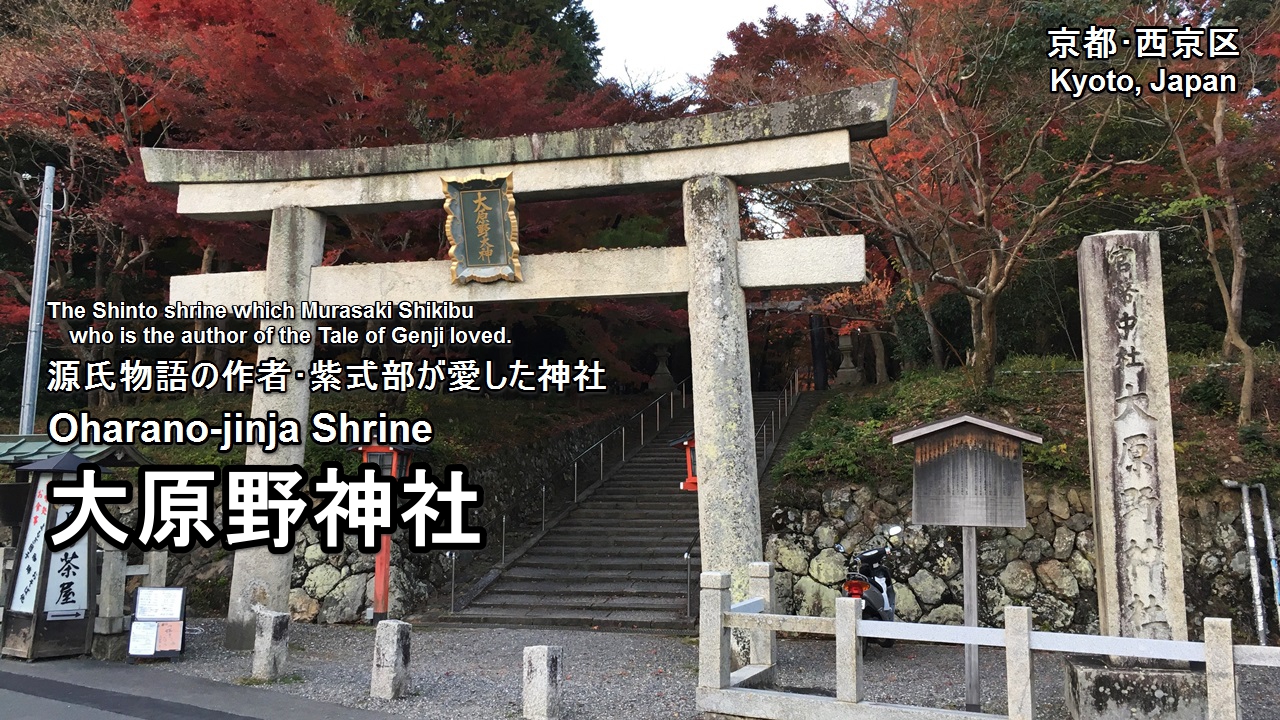
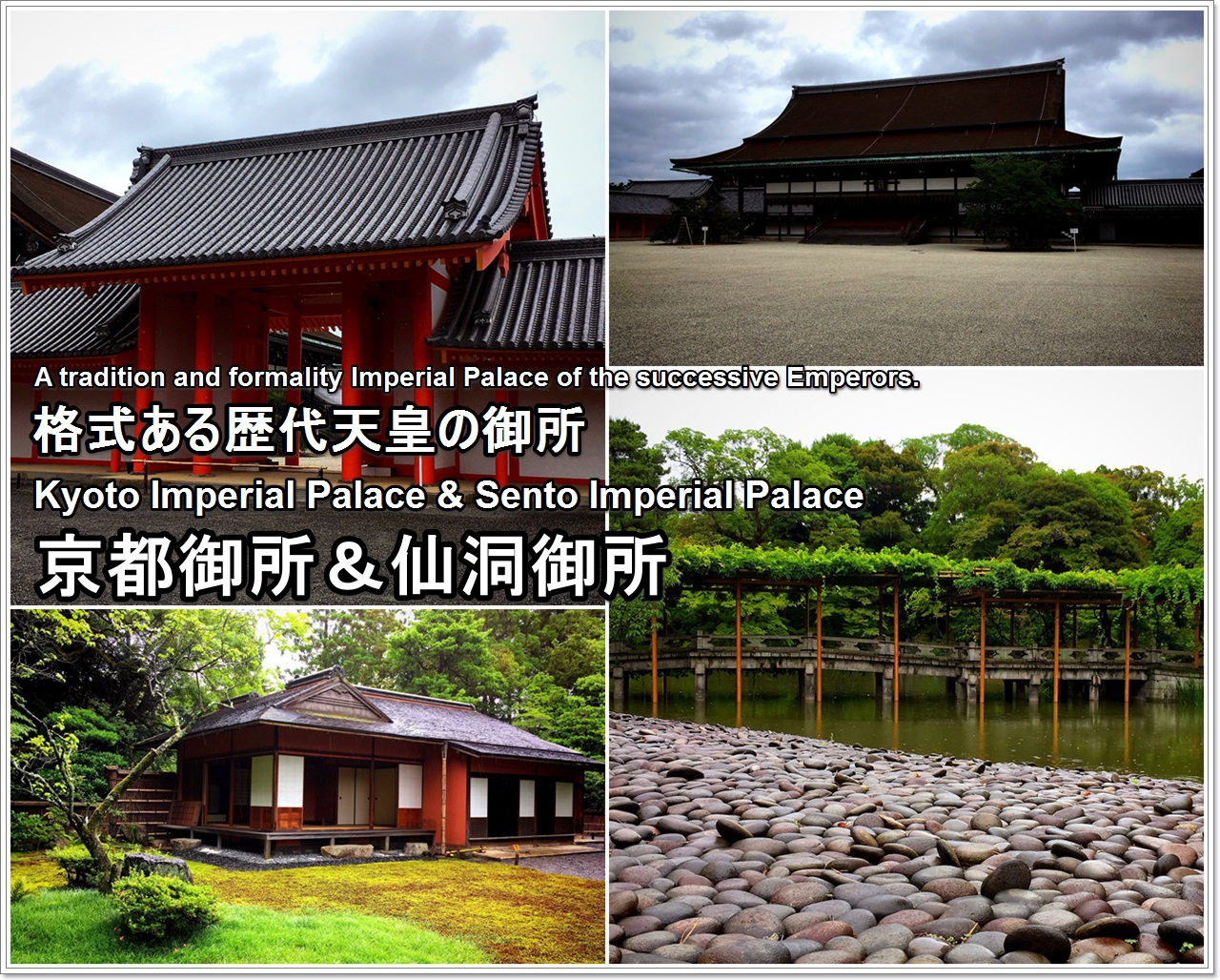
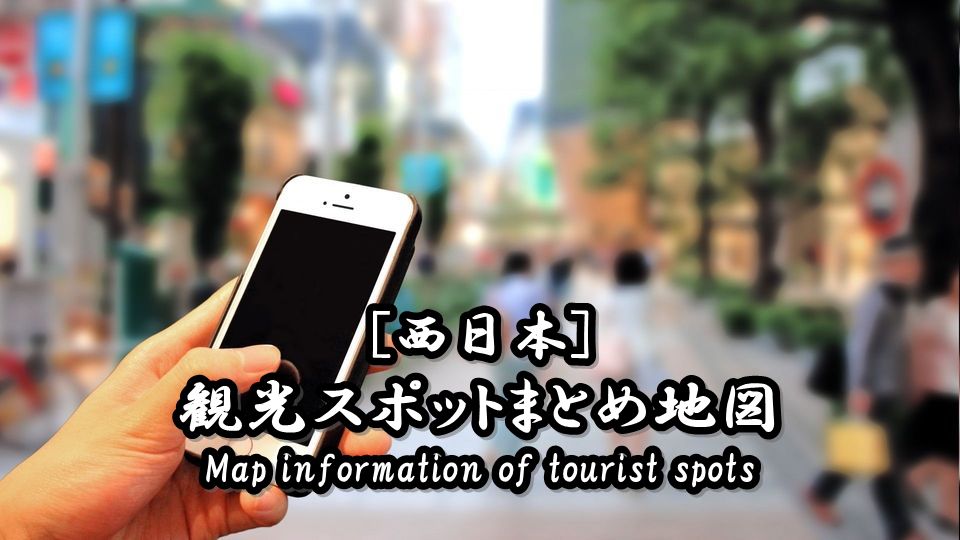
excellent write out. very encouraging n we are going this Dec or the 33 saigoku pilgrimage trip.Thank you very much for the direction n good write up. very useful and may God Bless you good health and happiness.